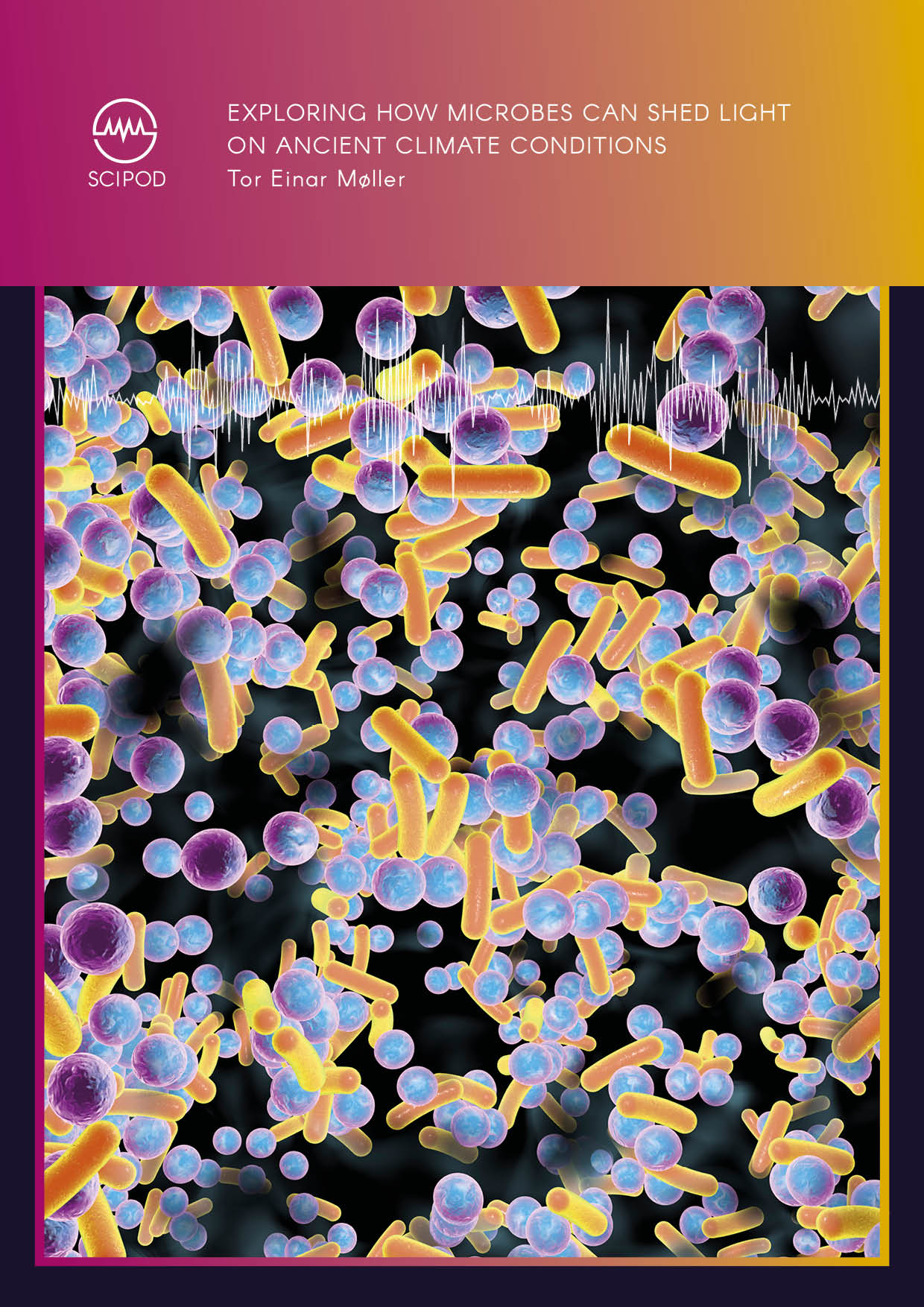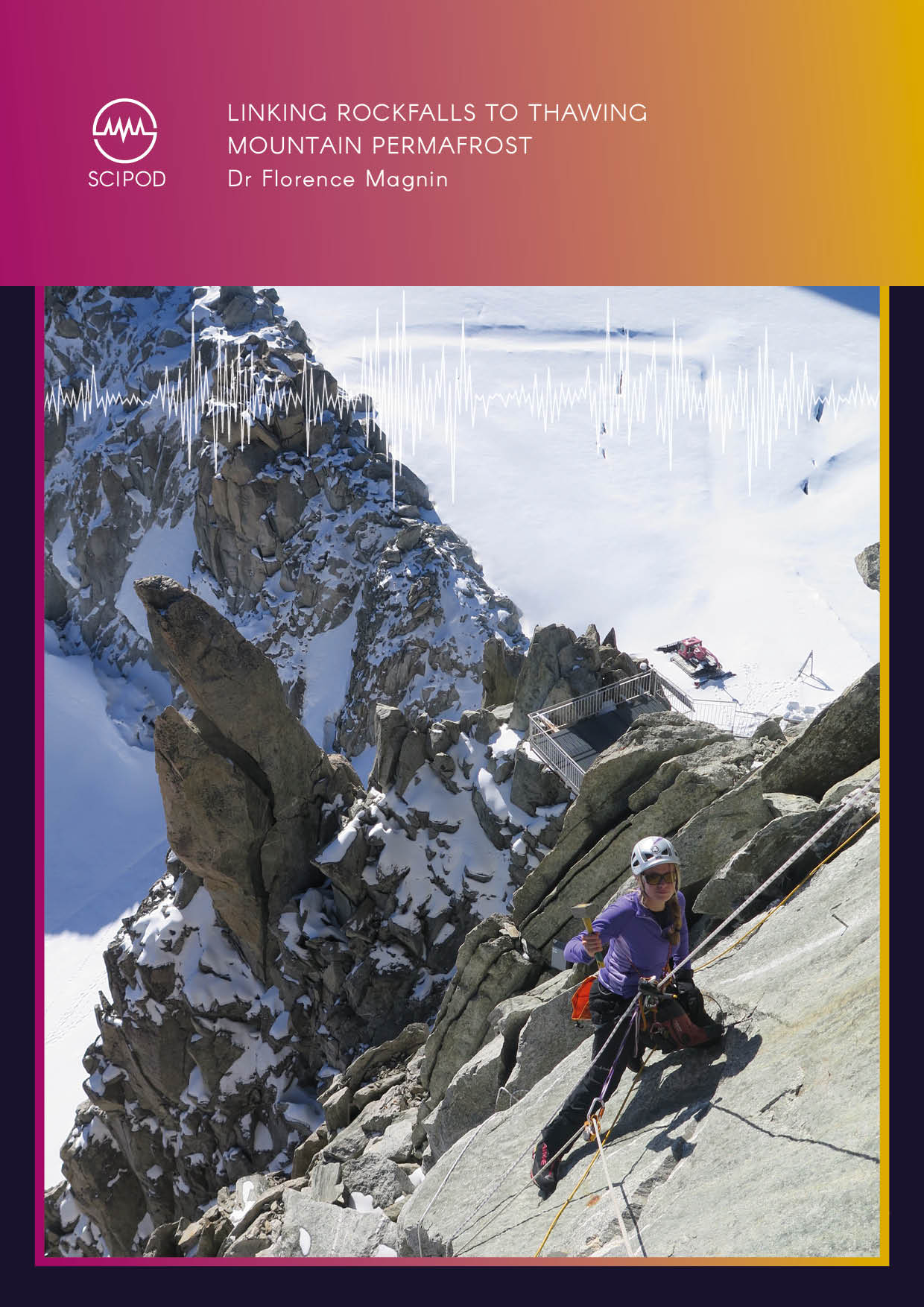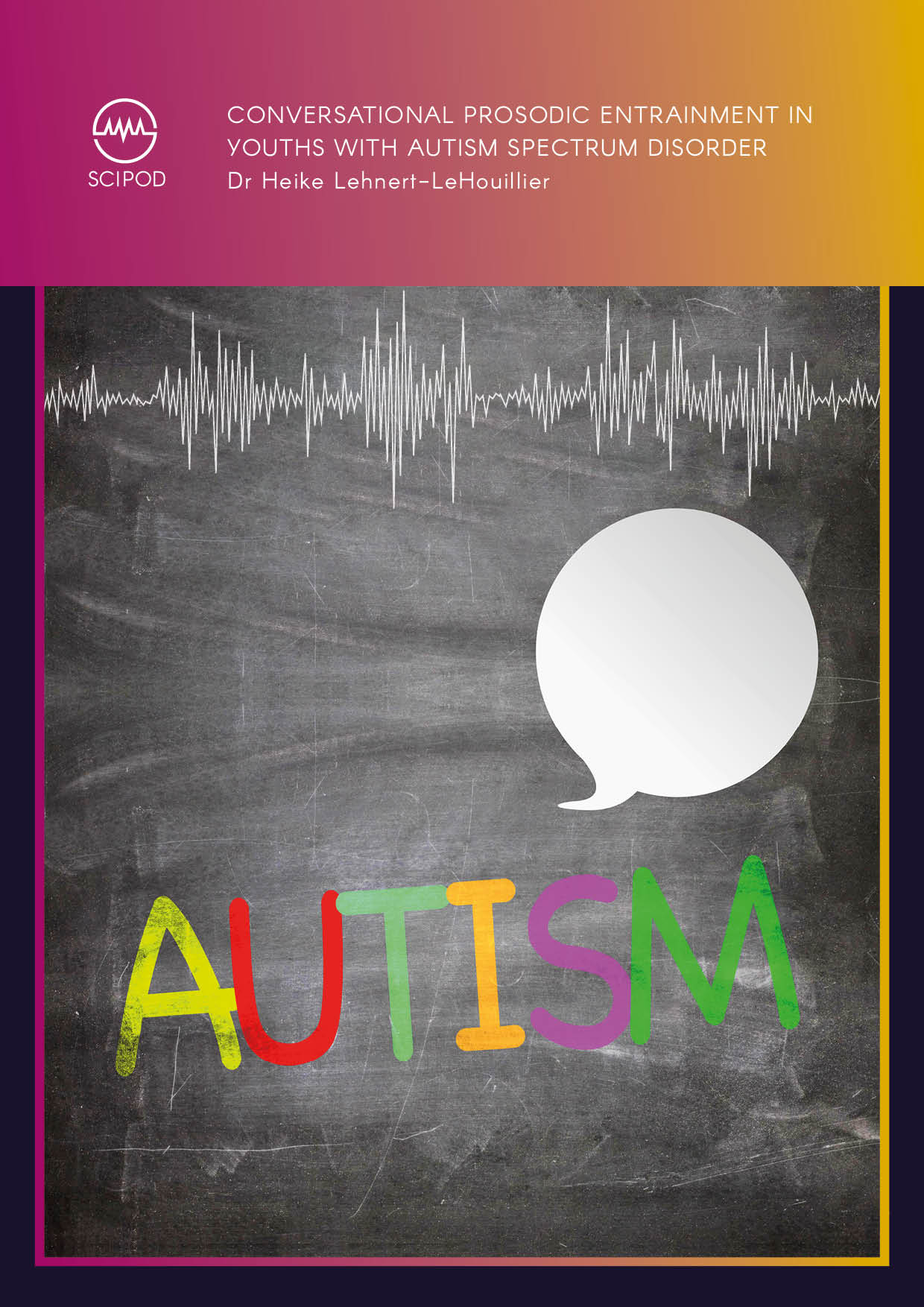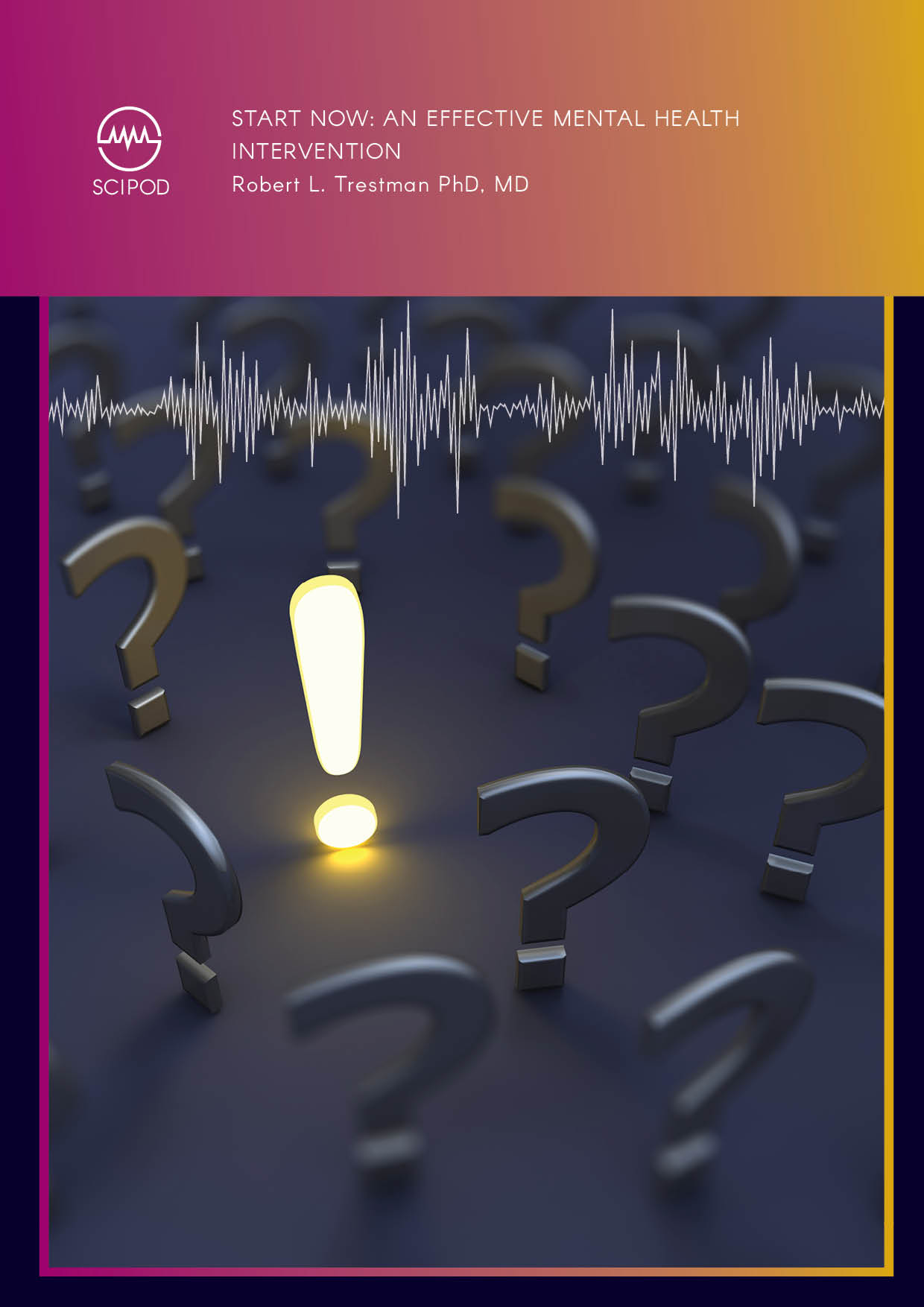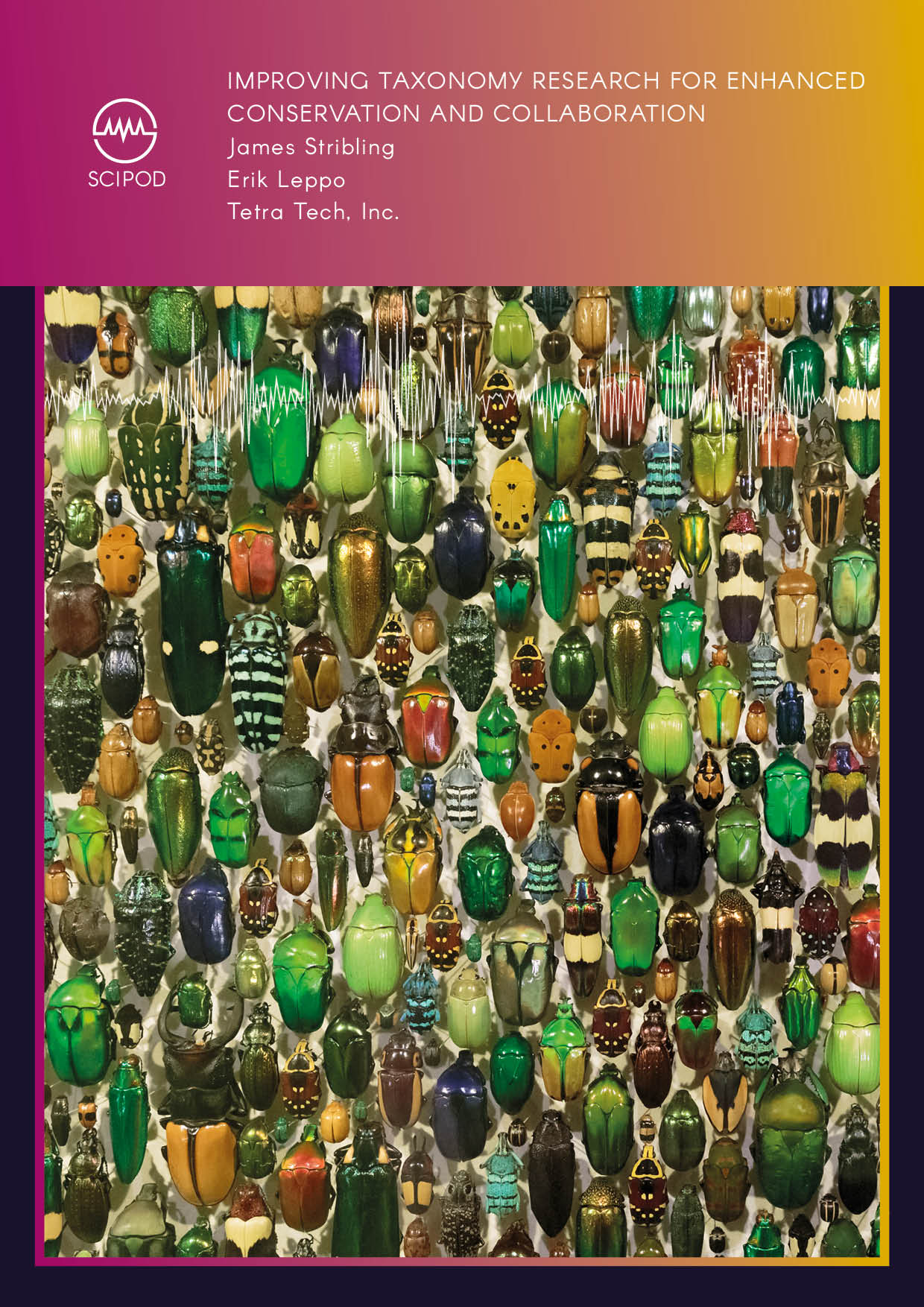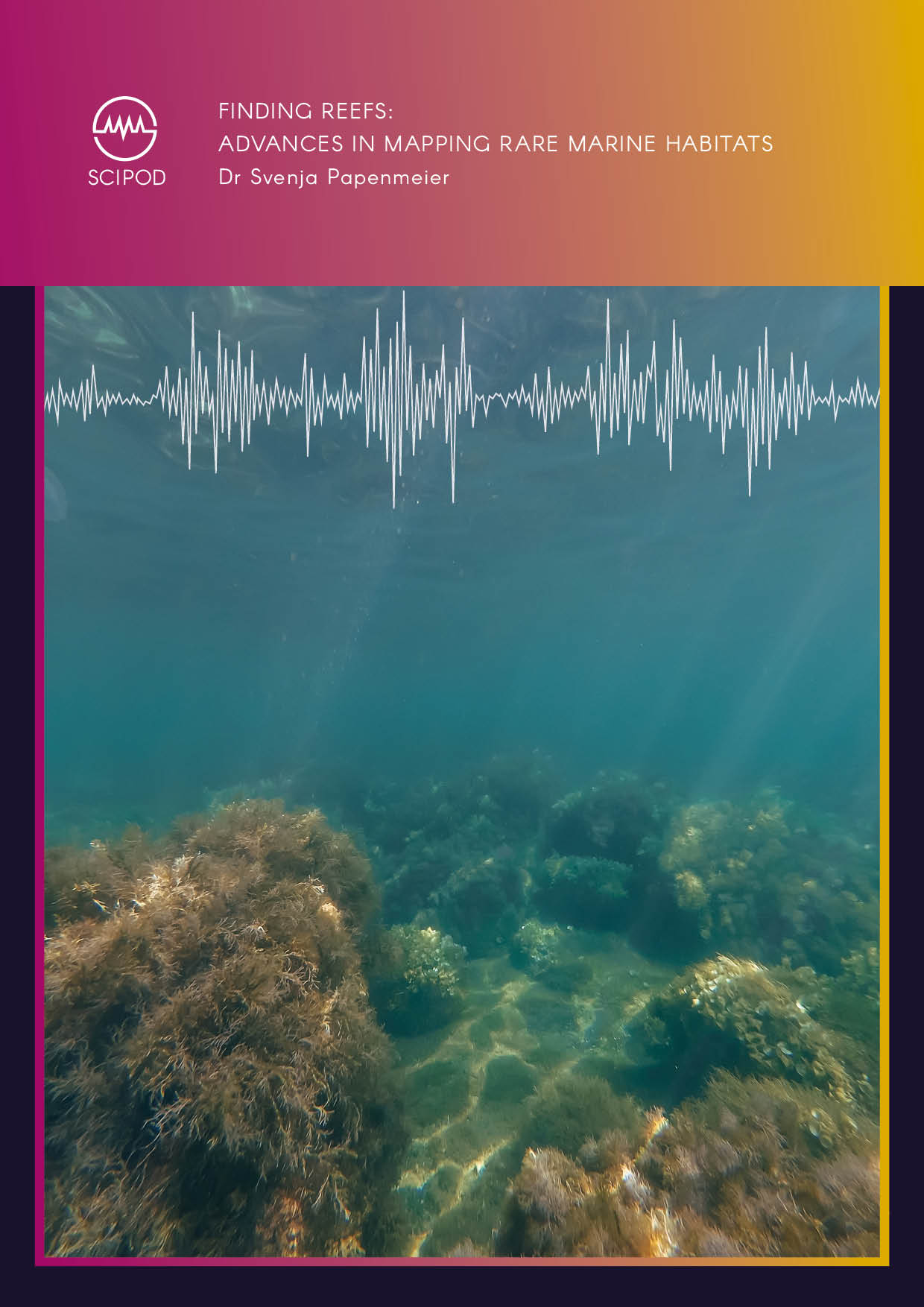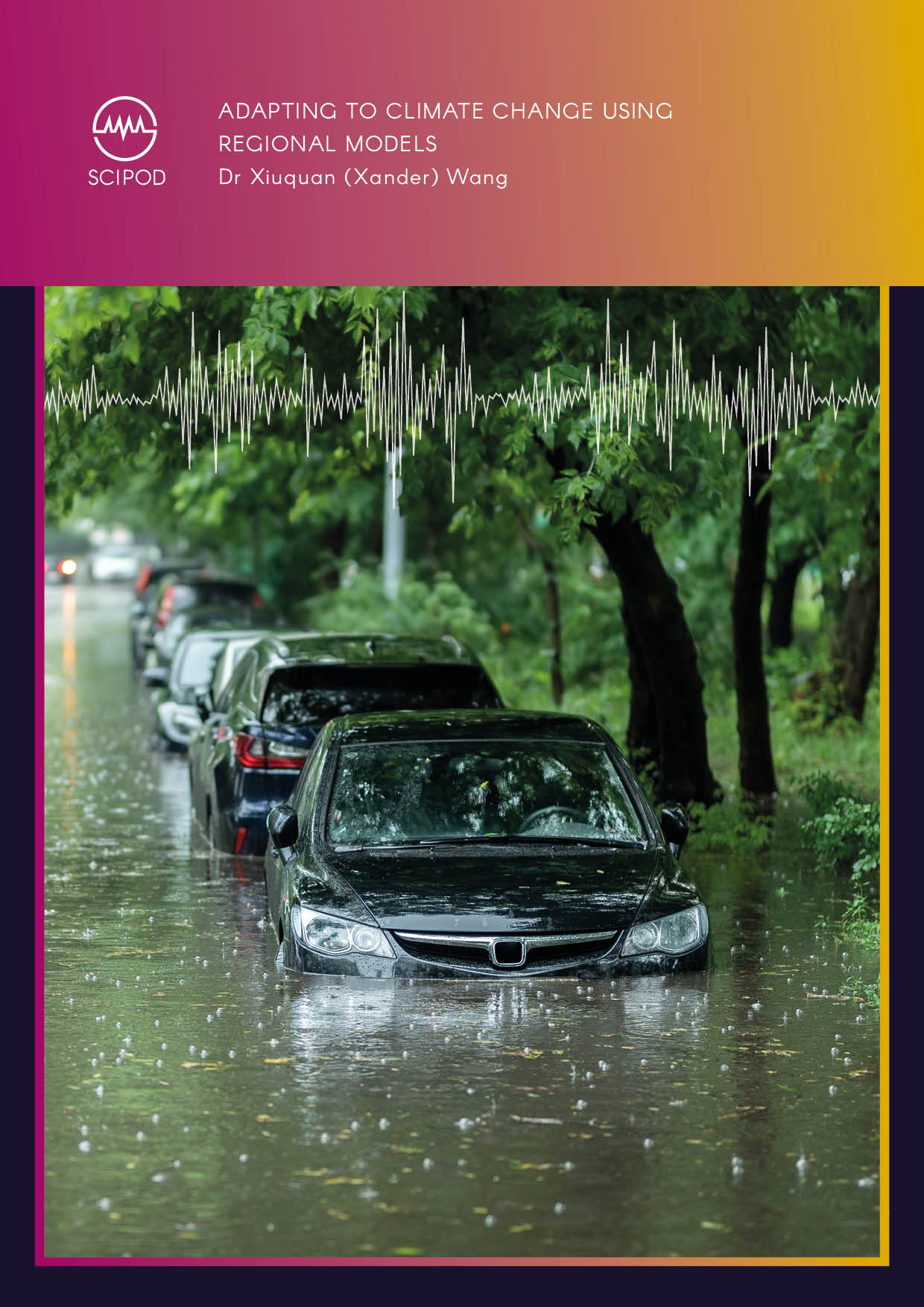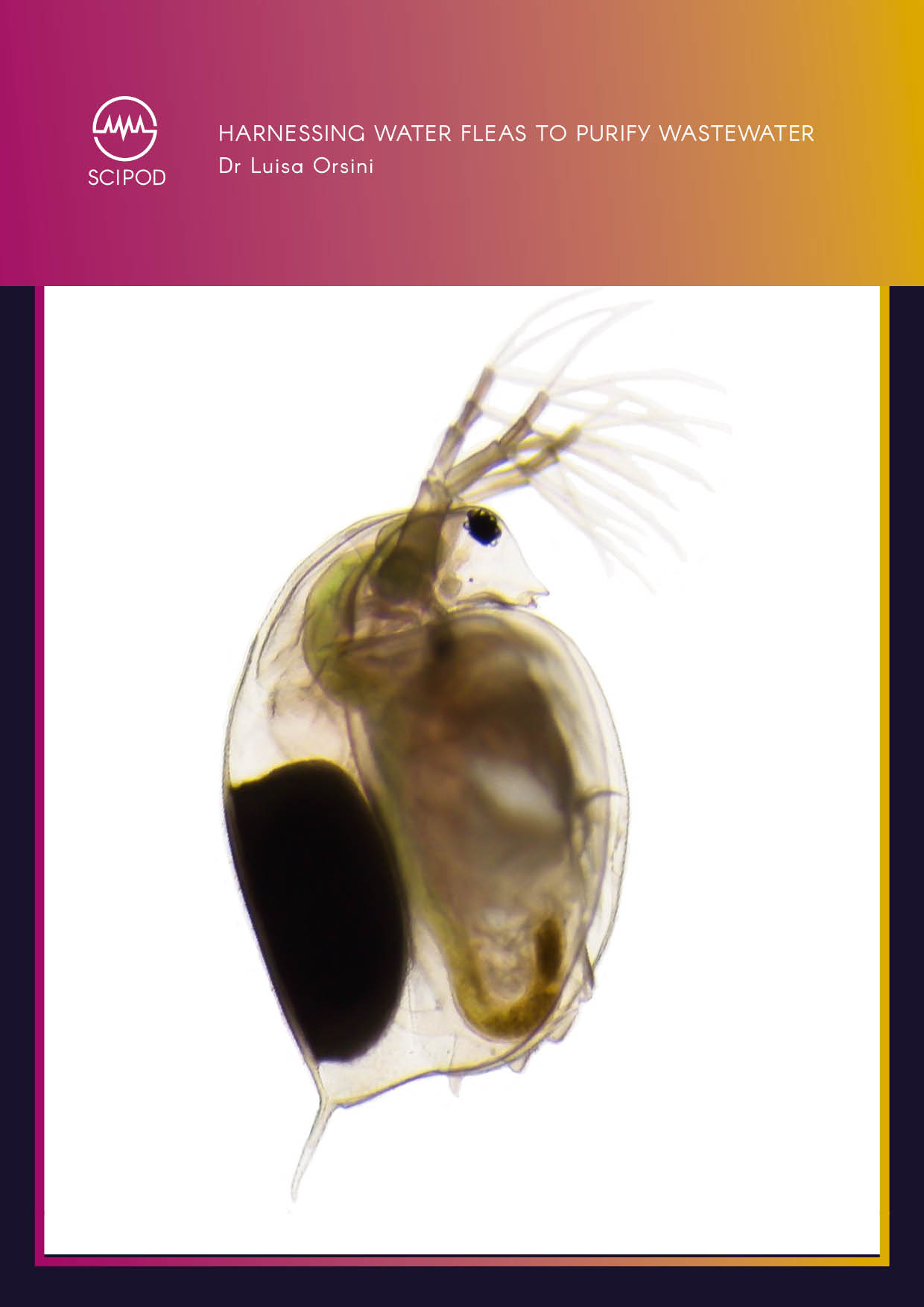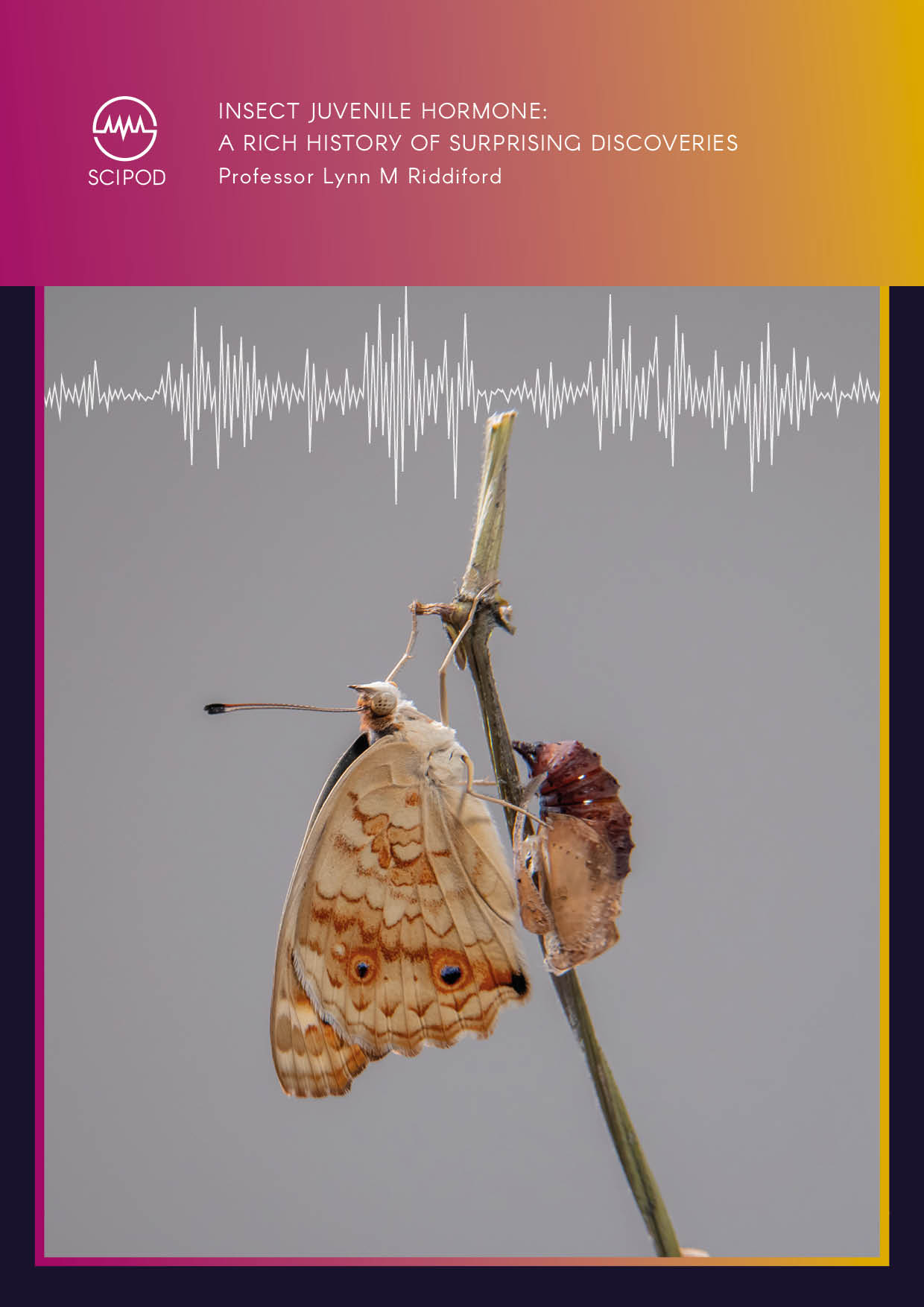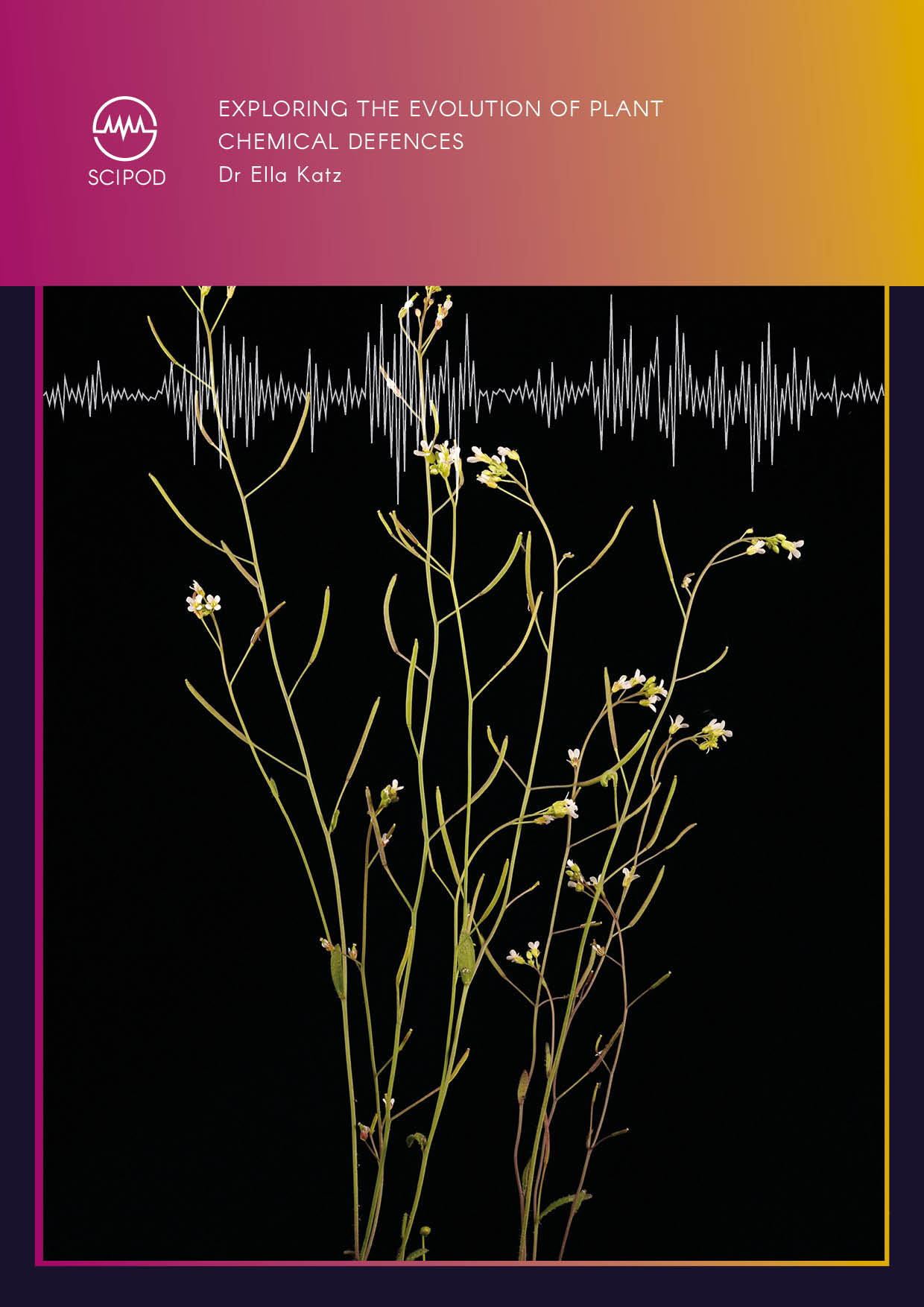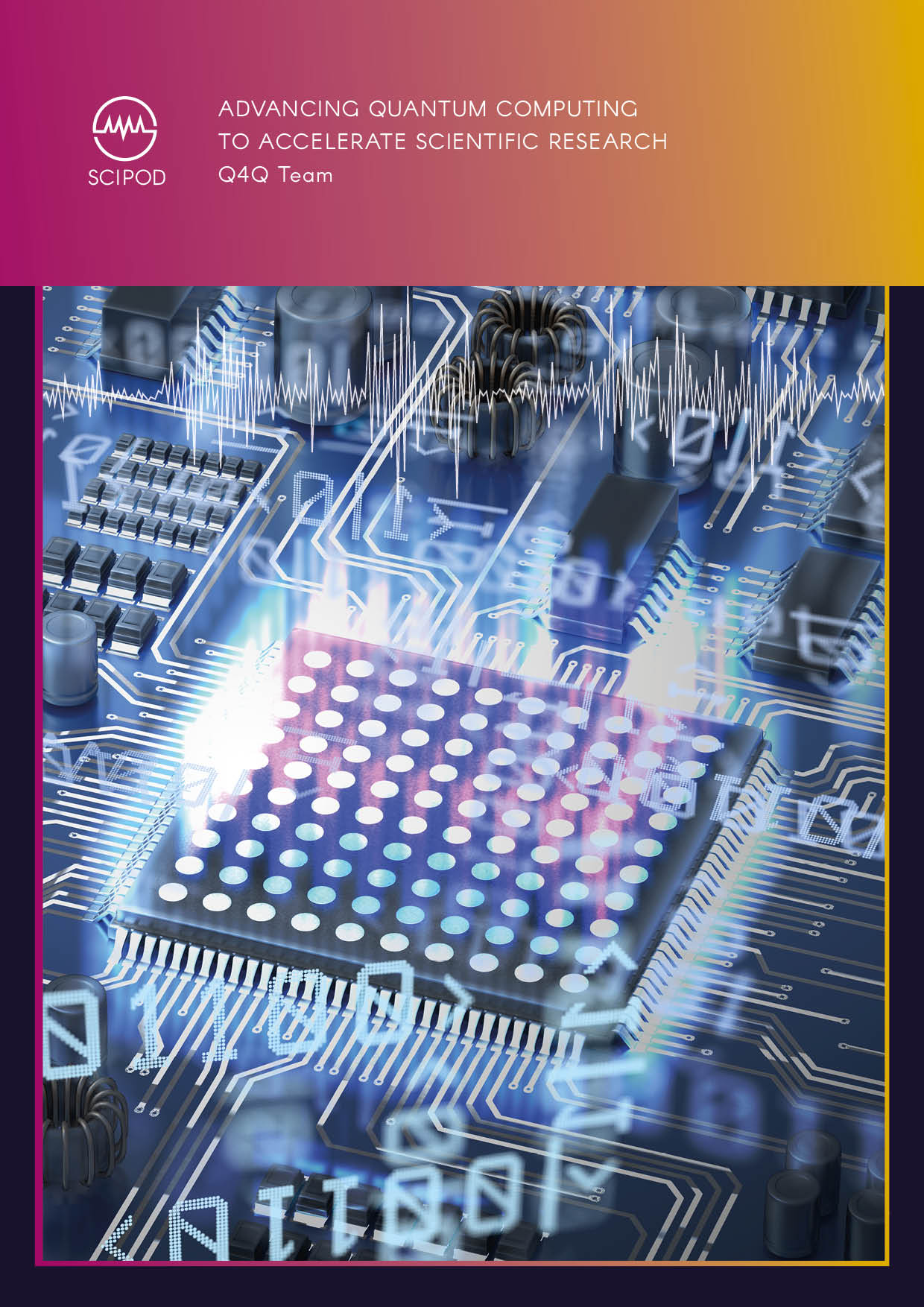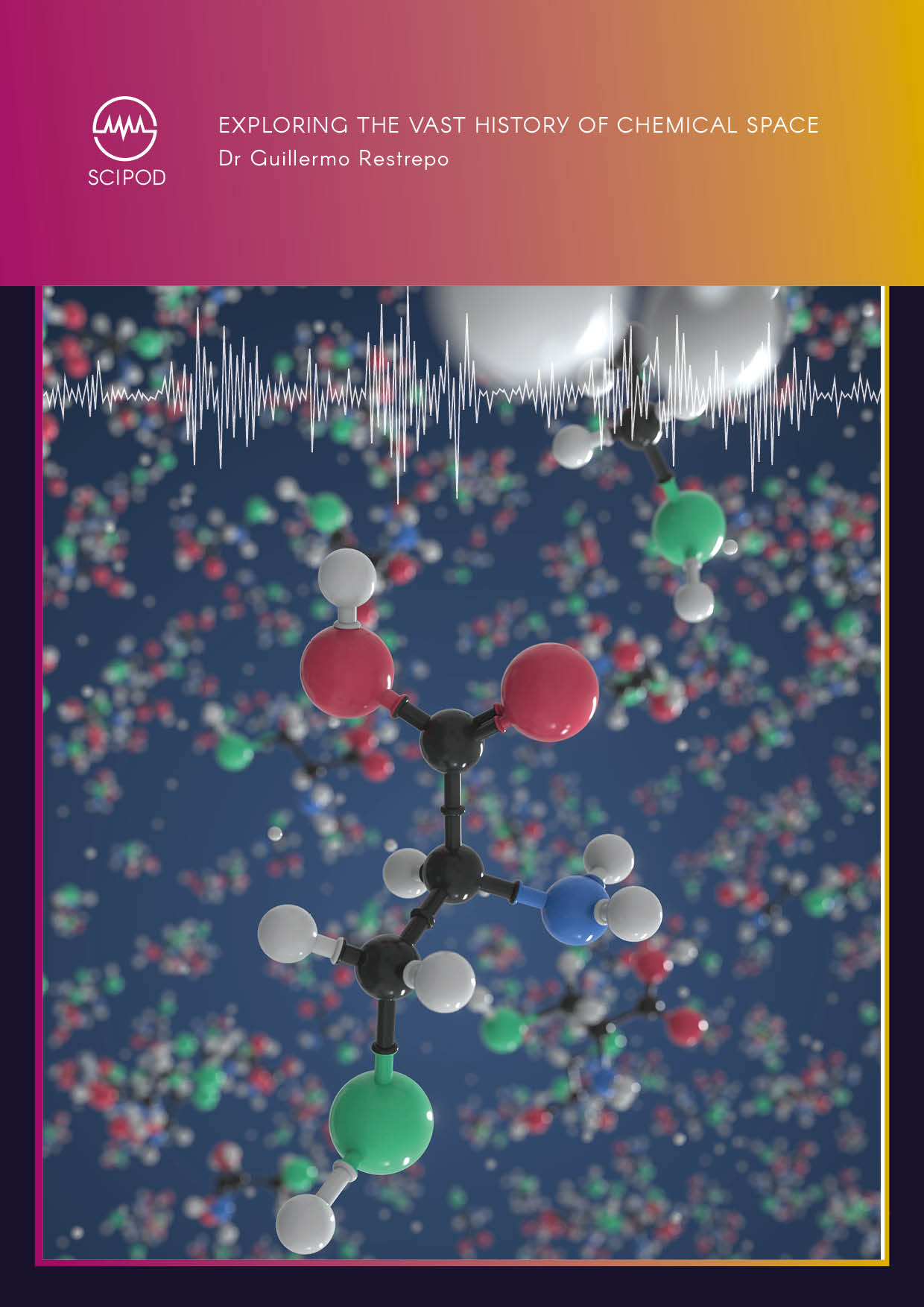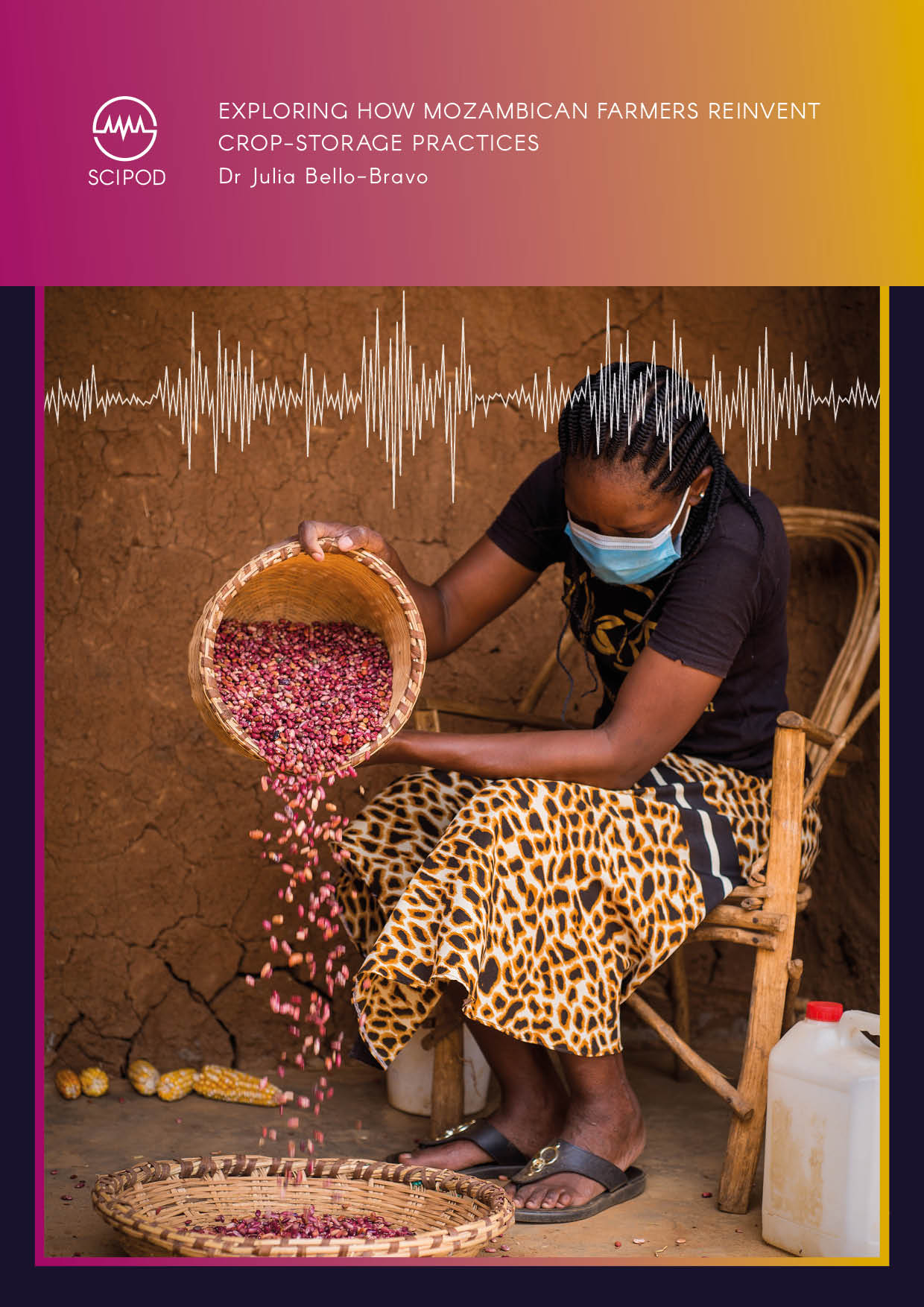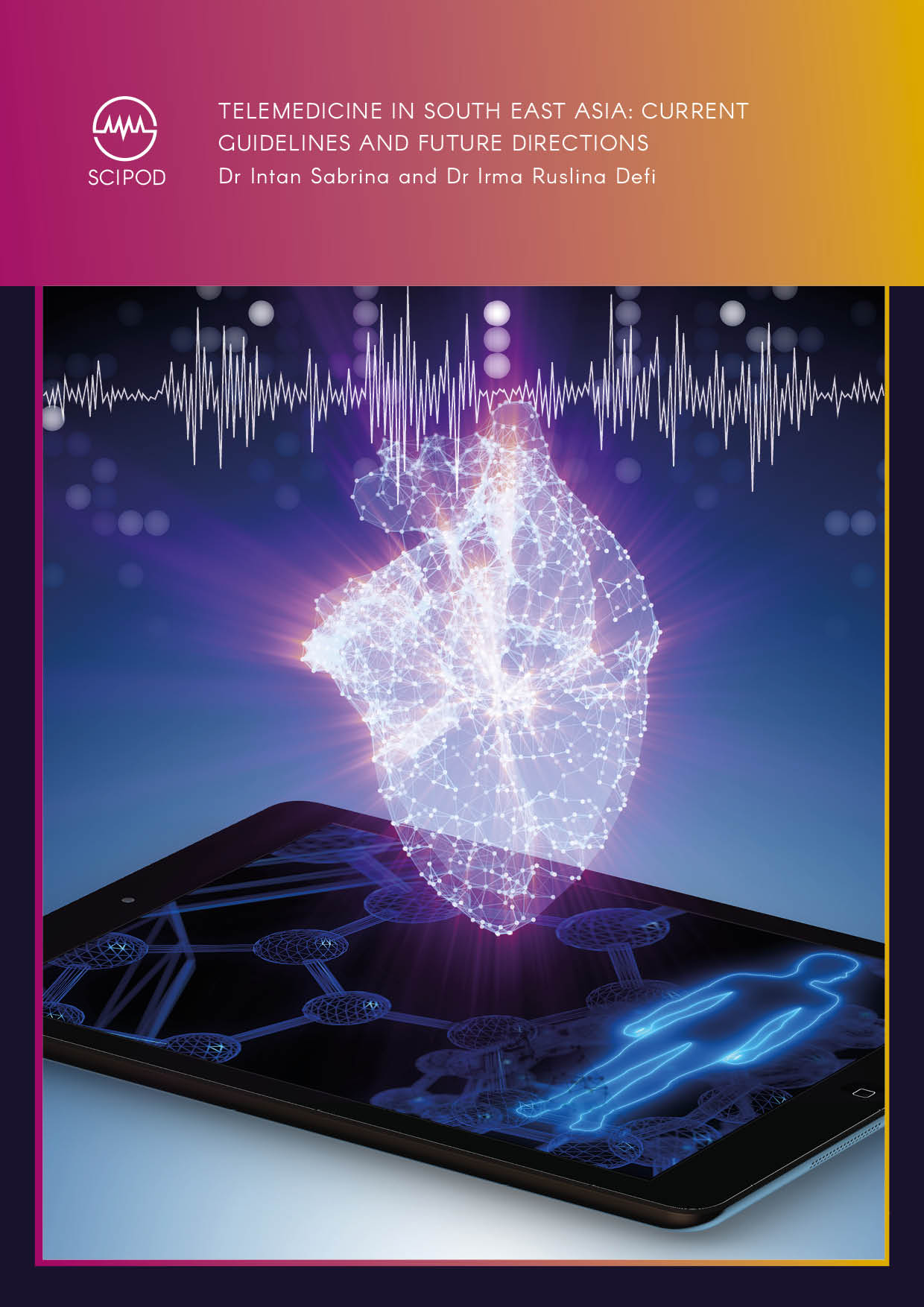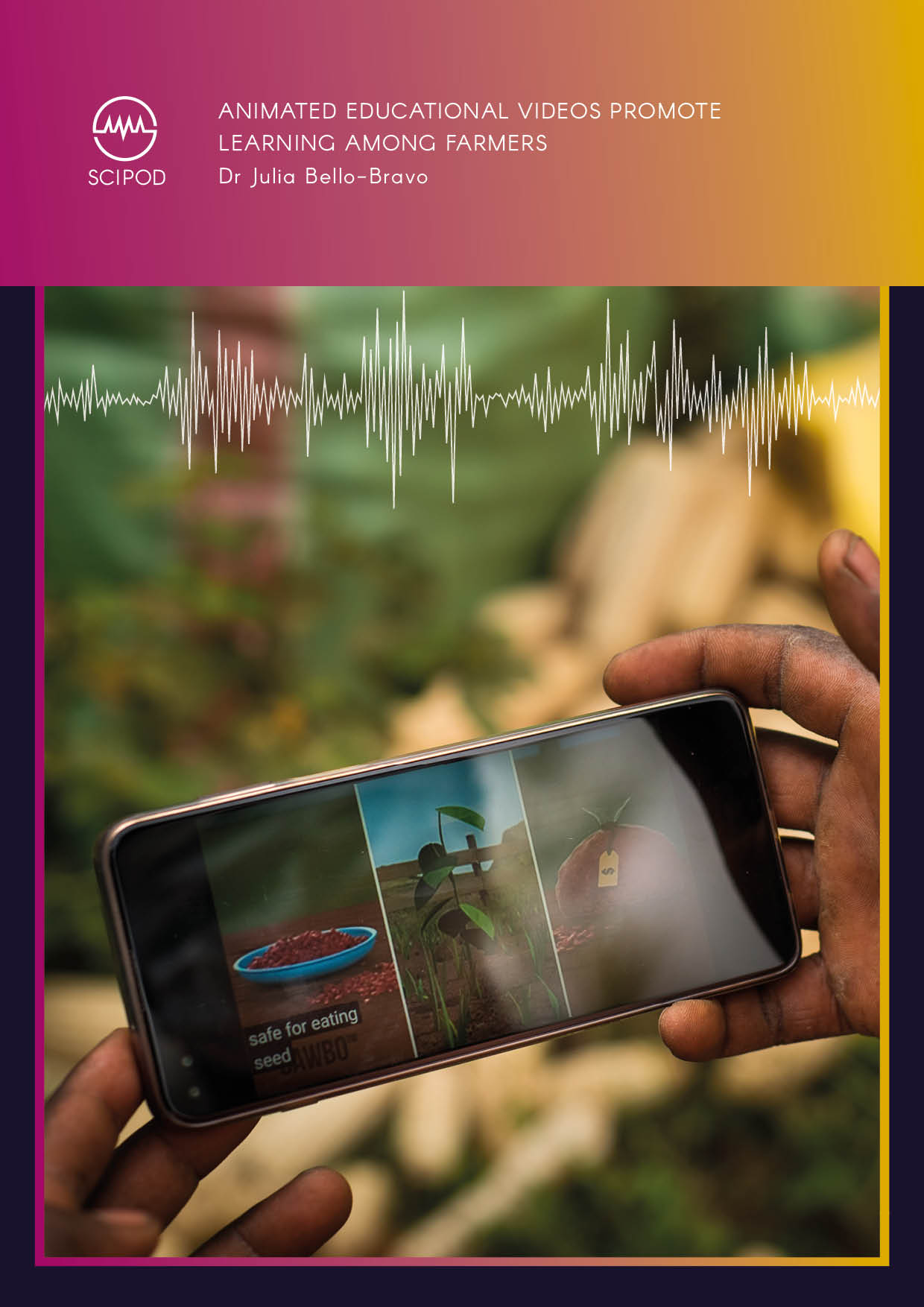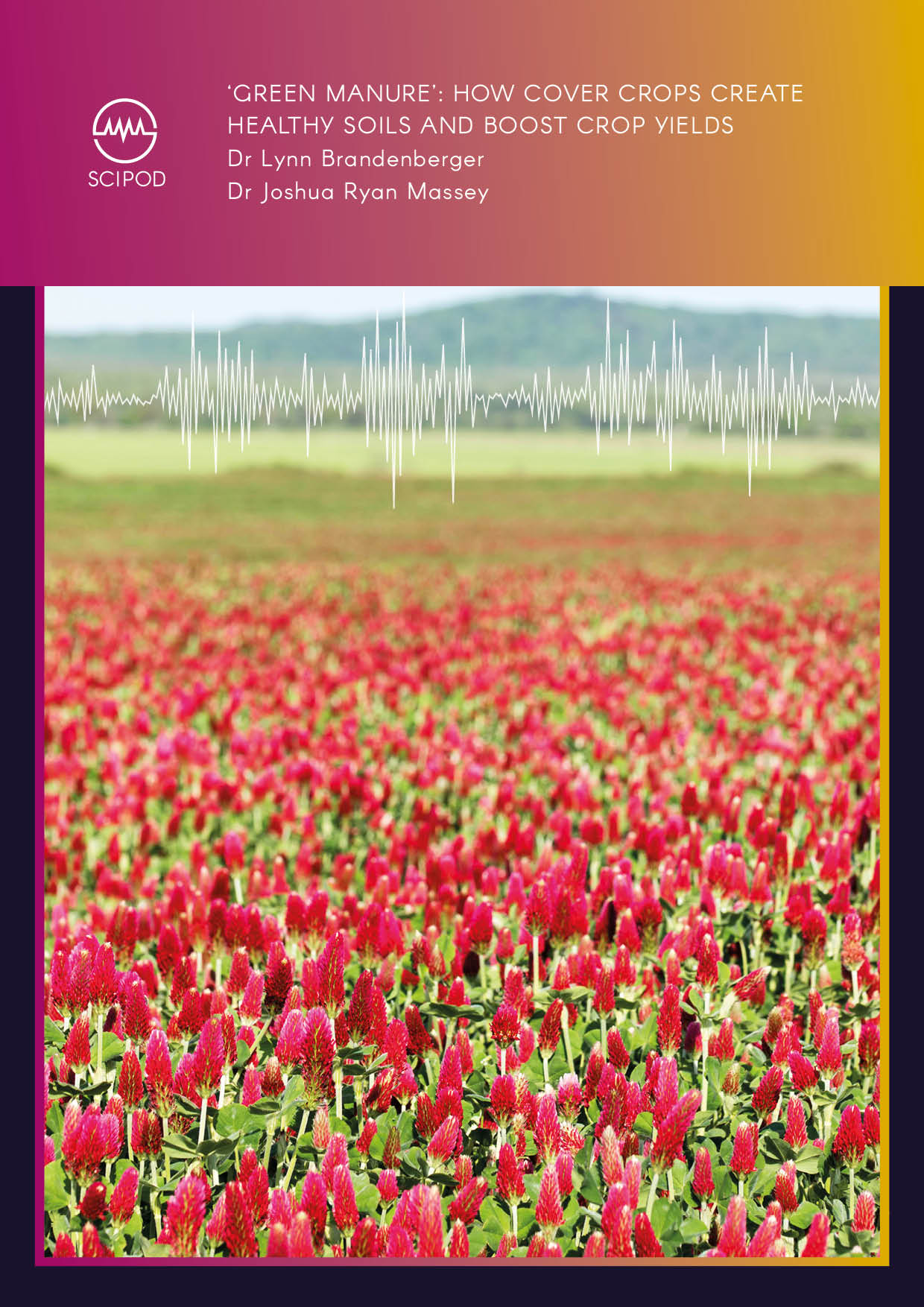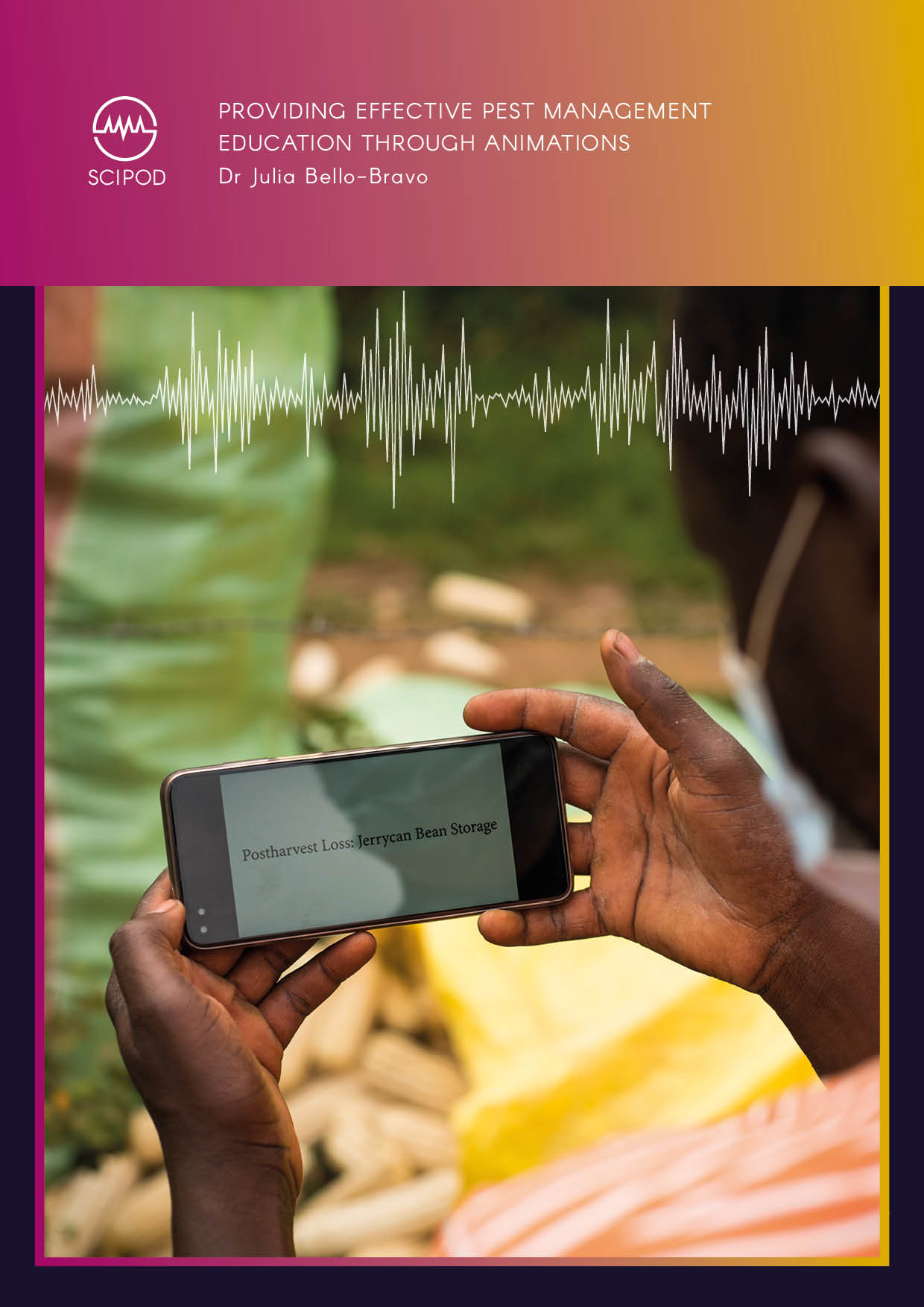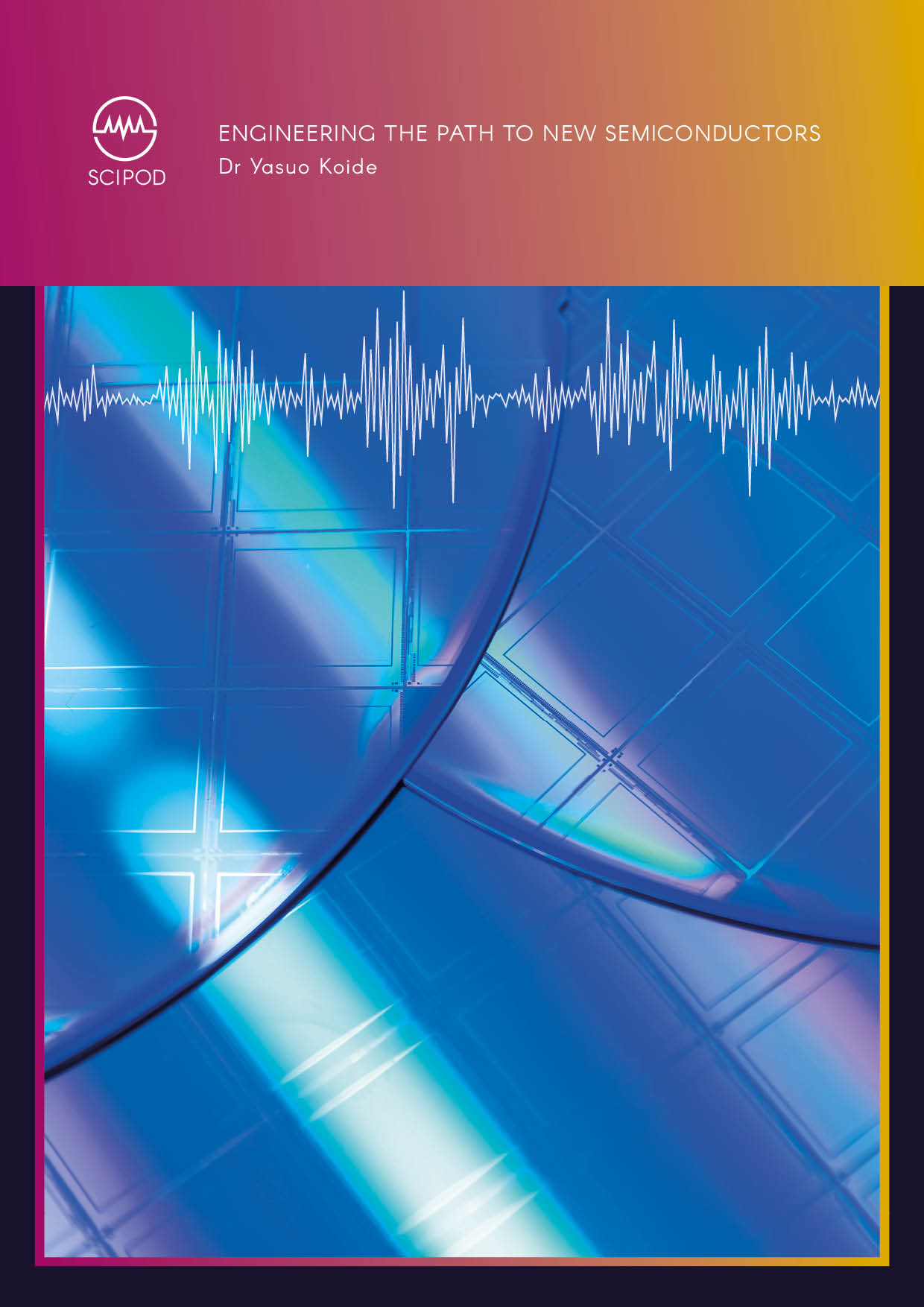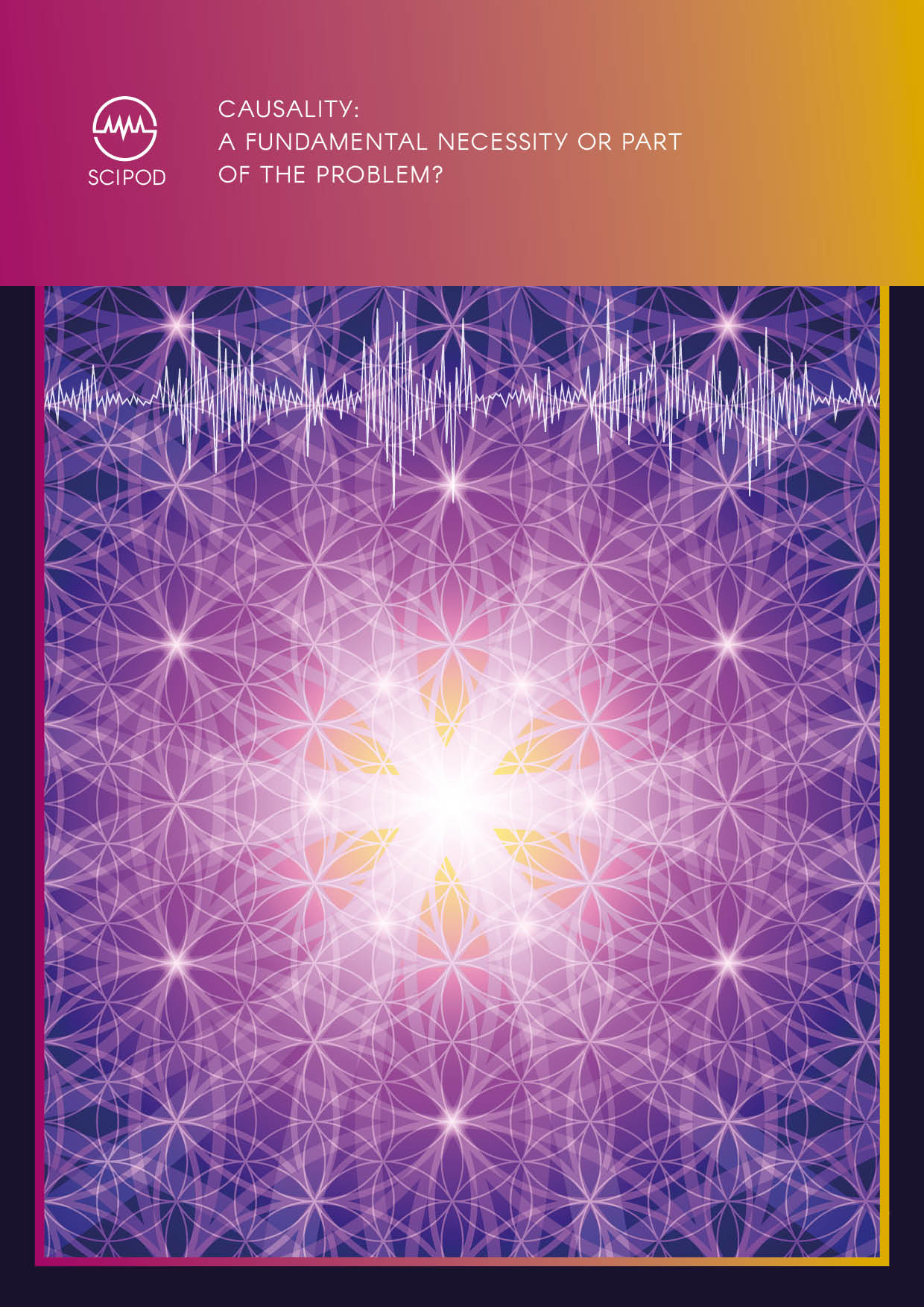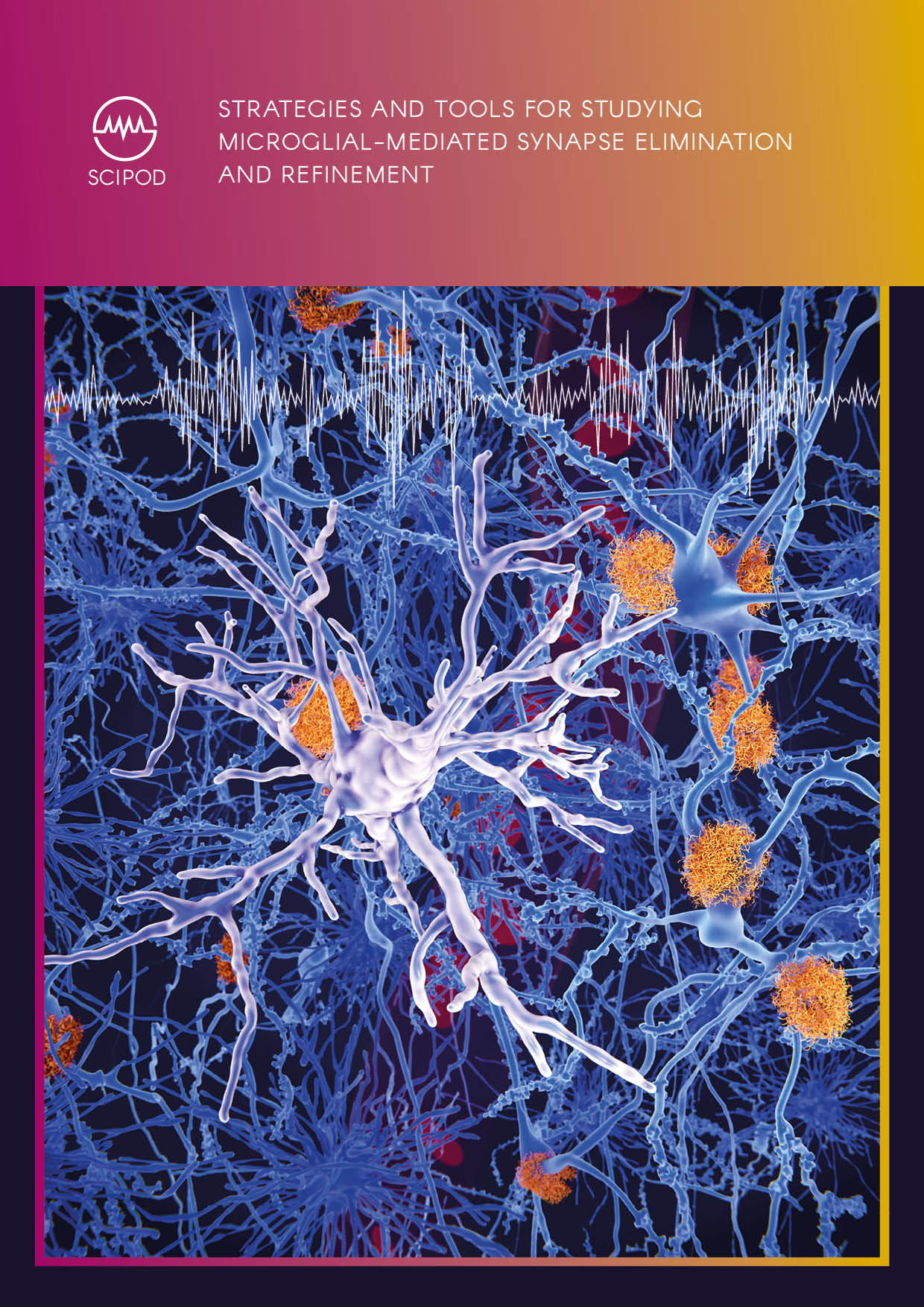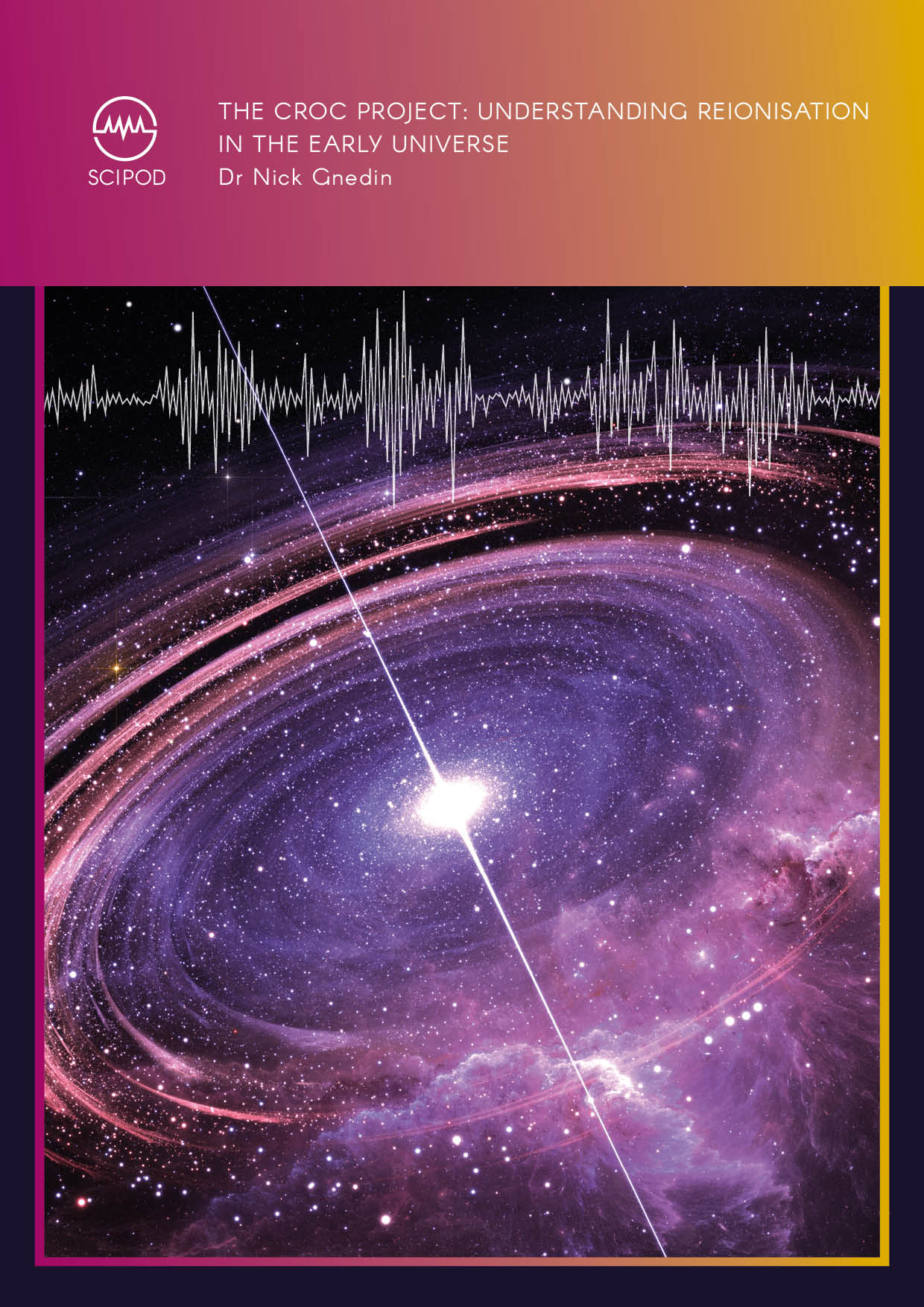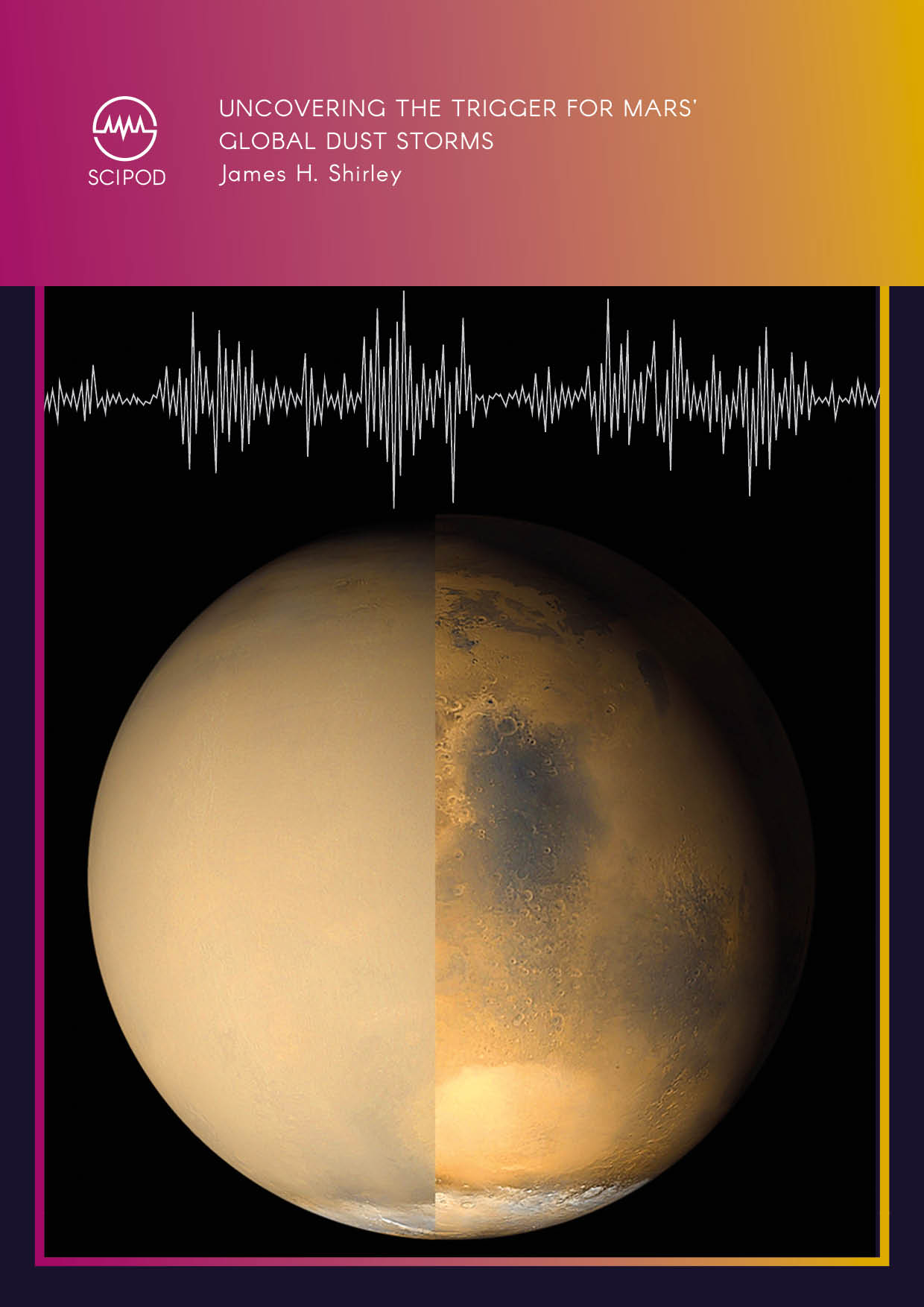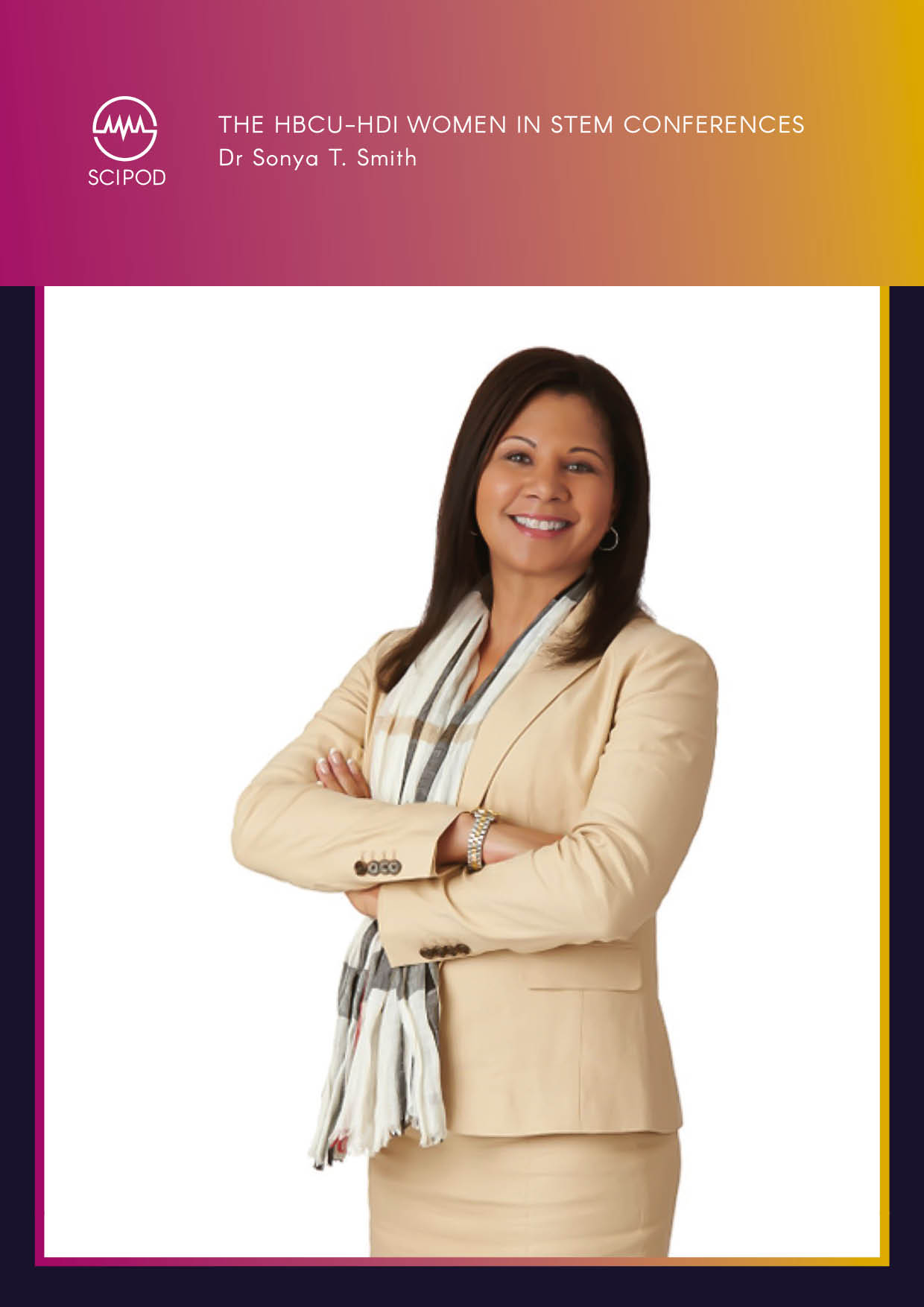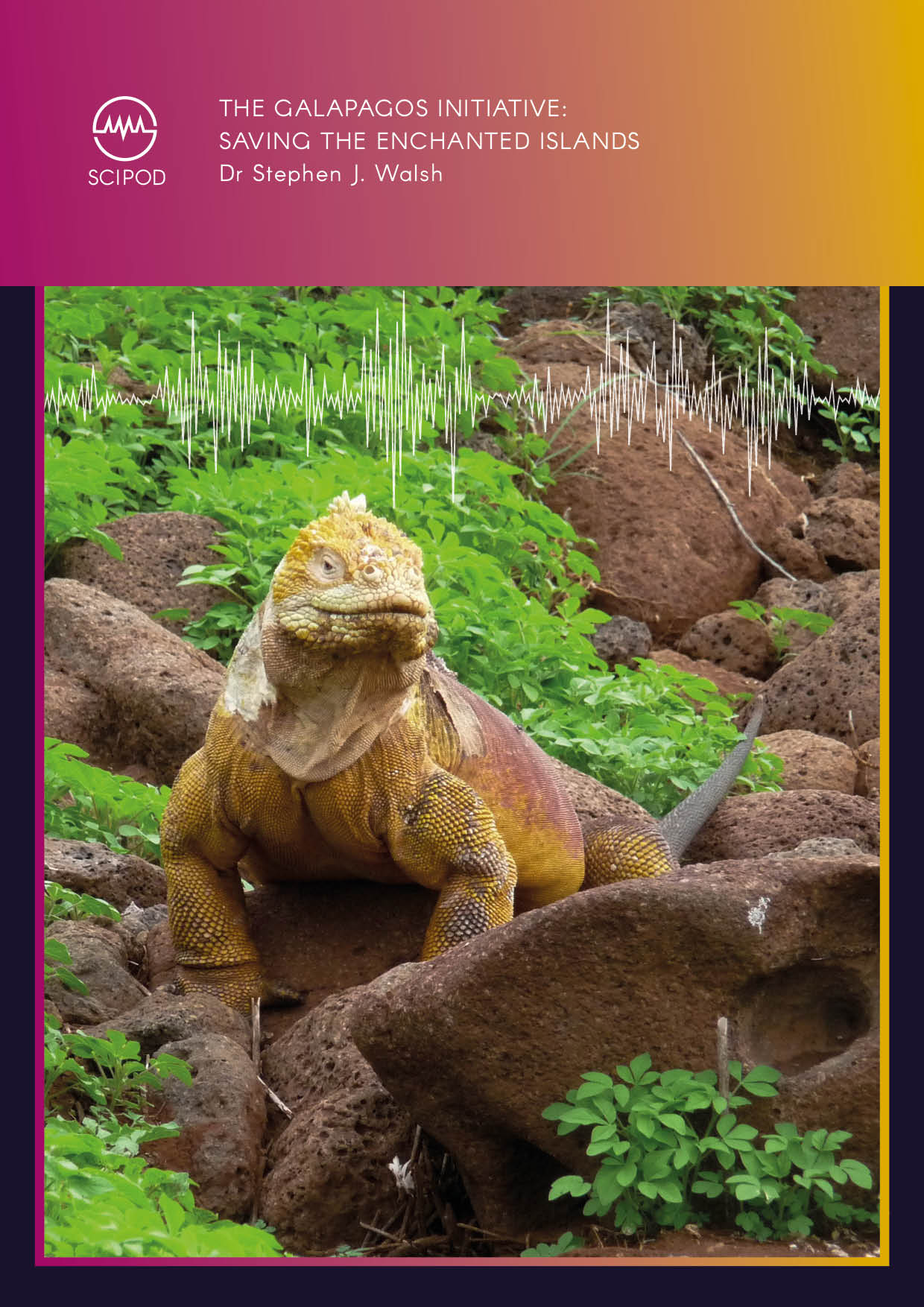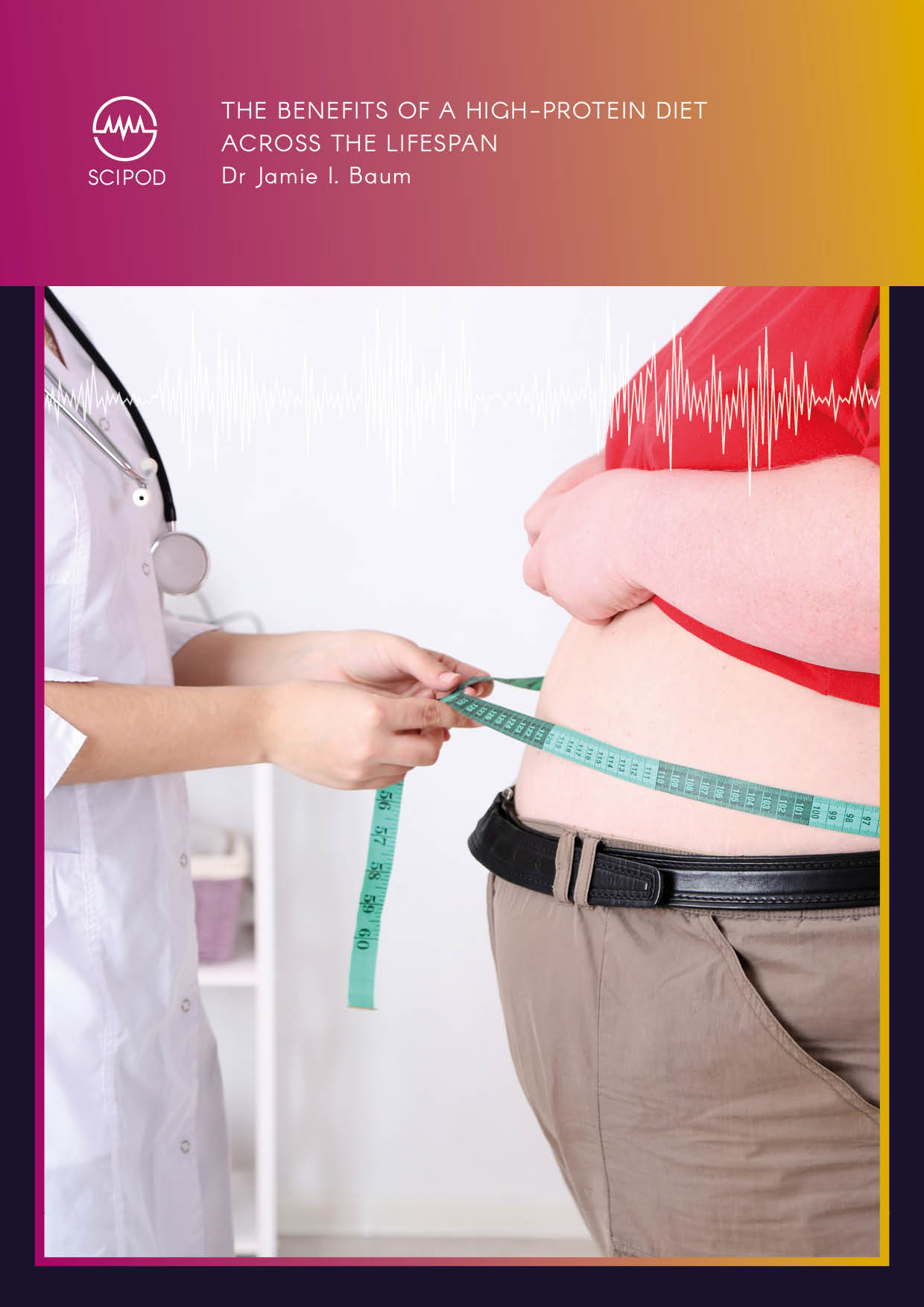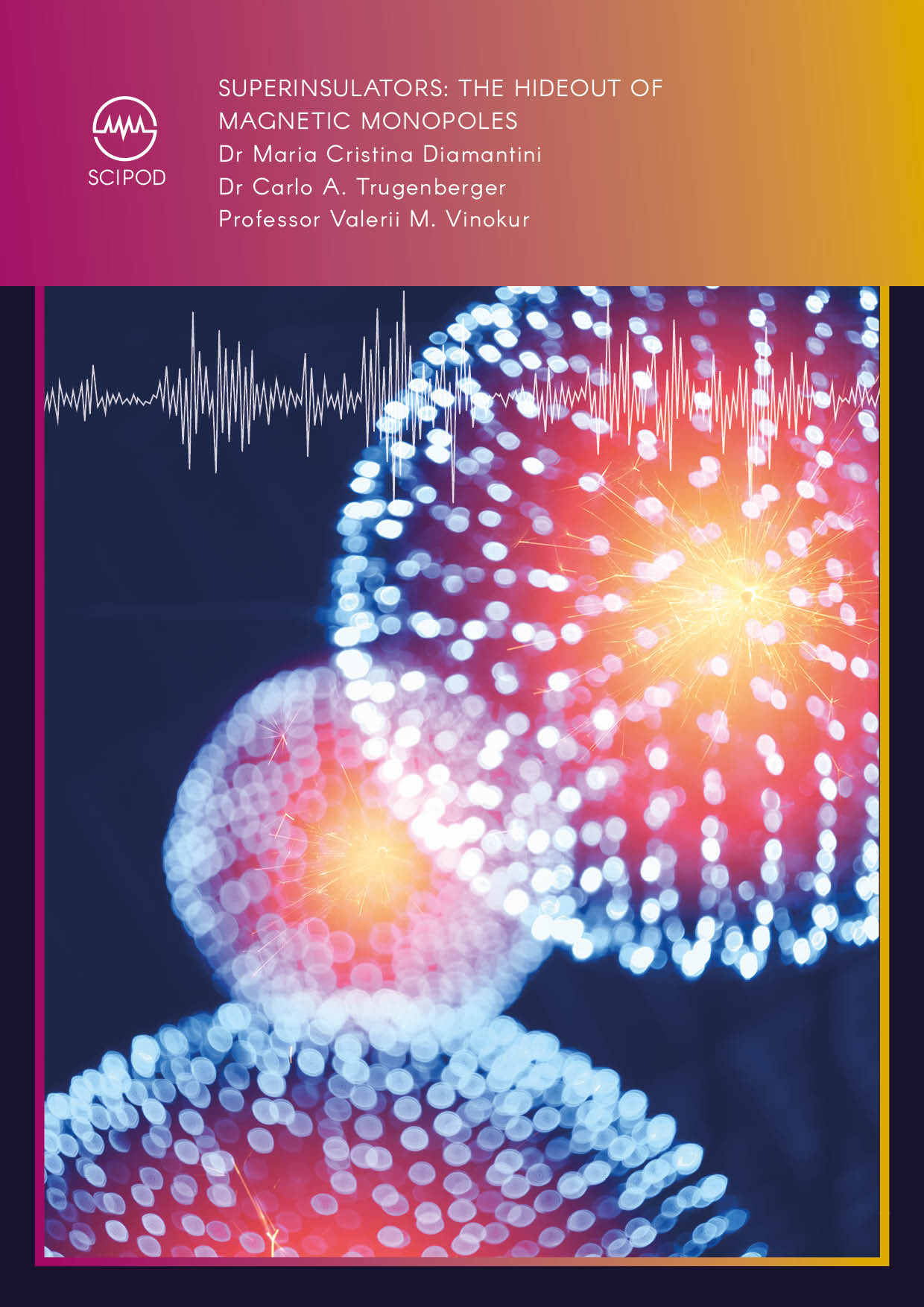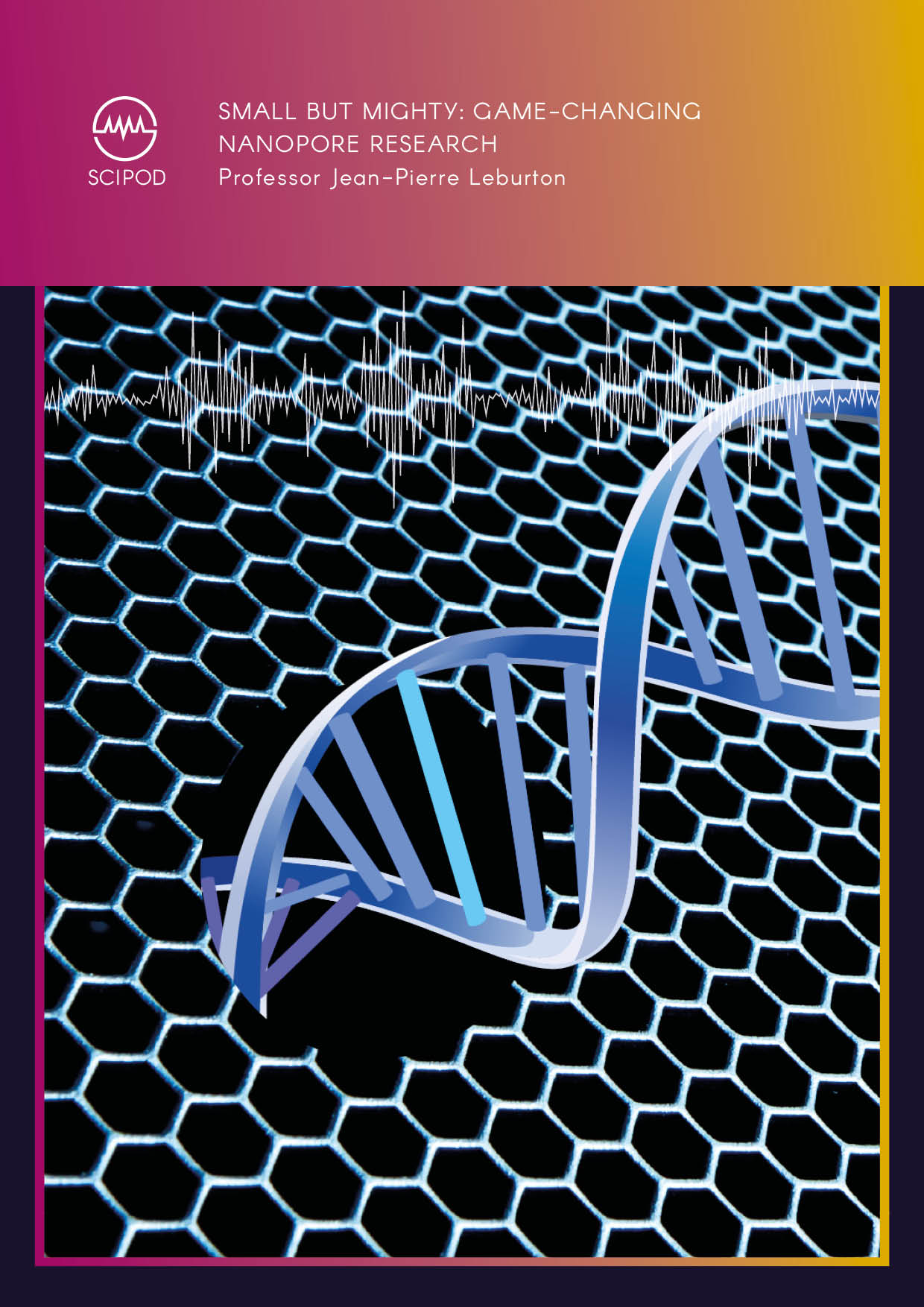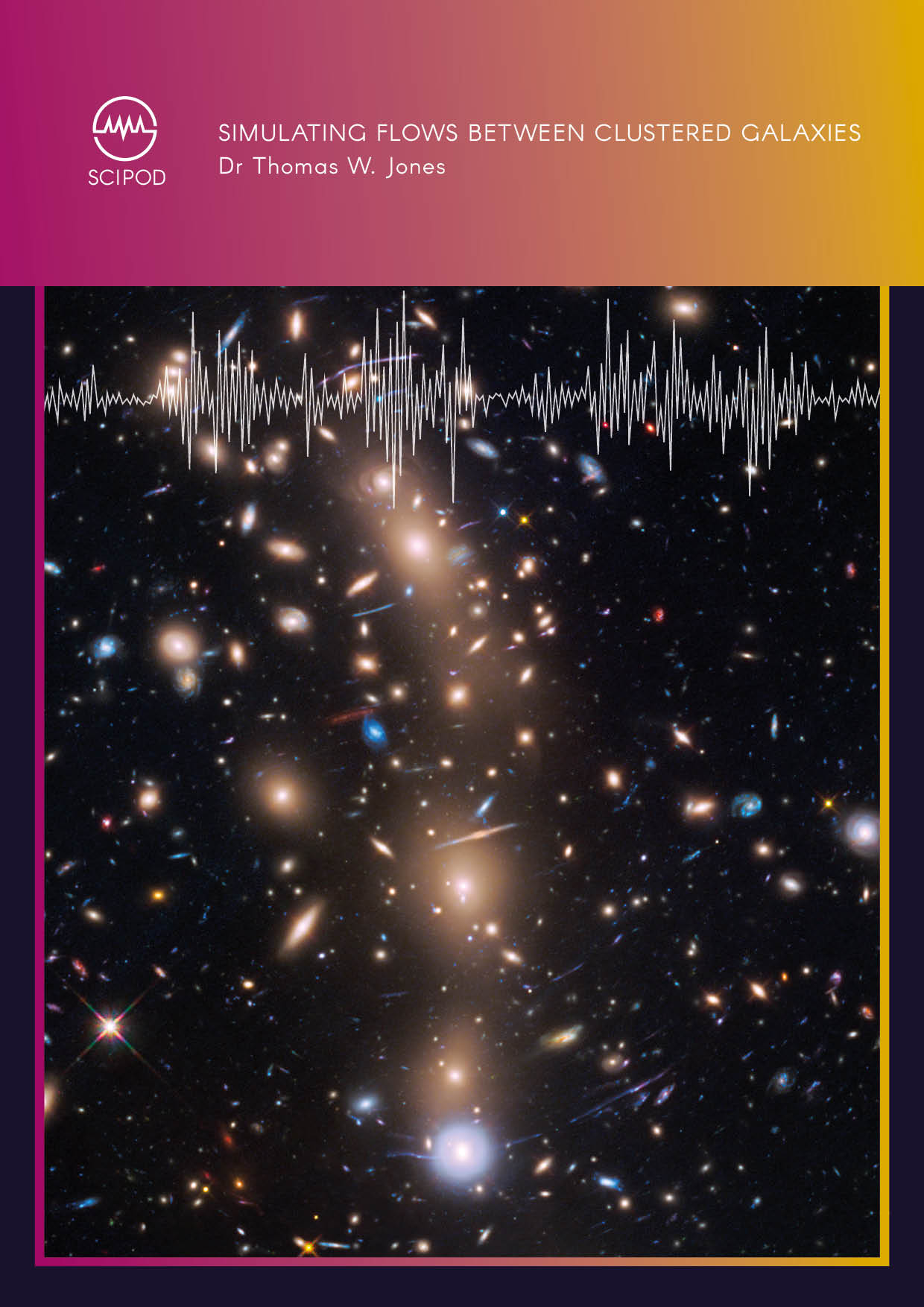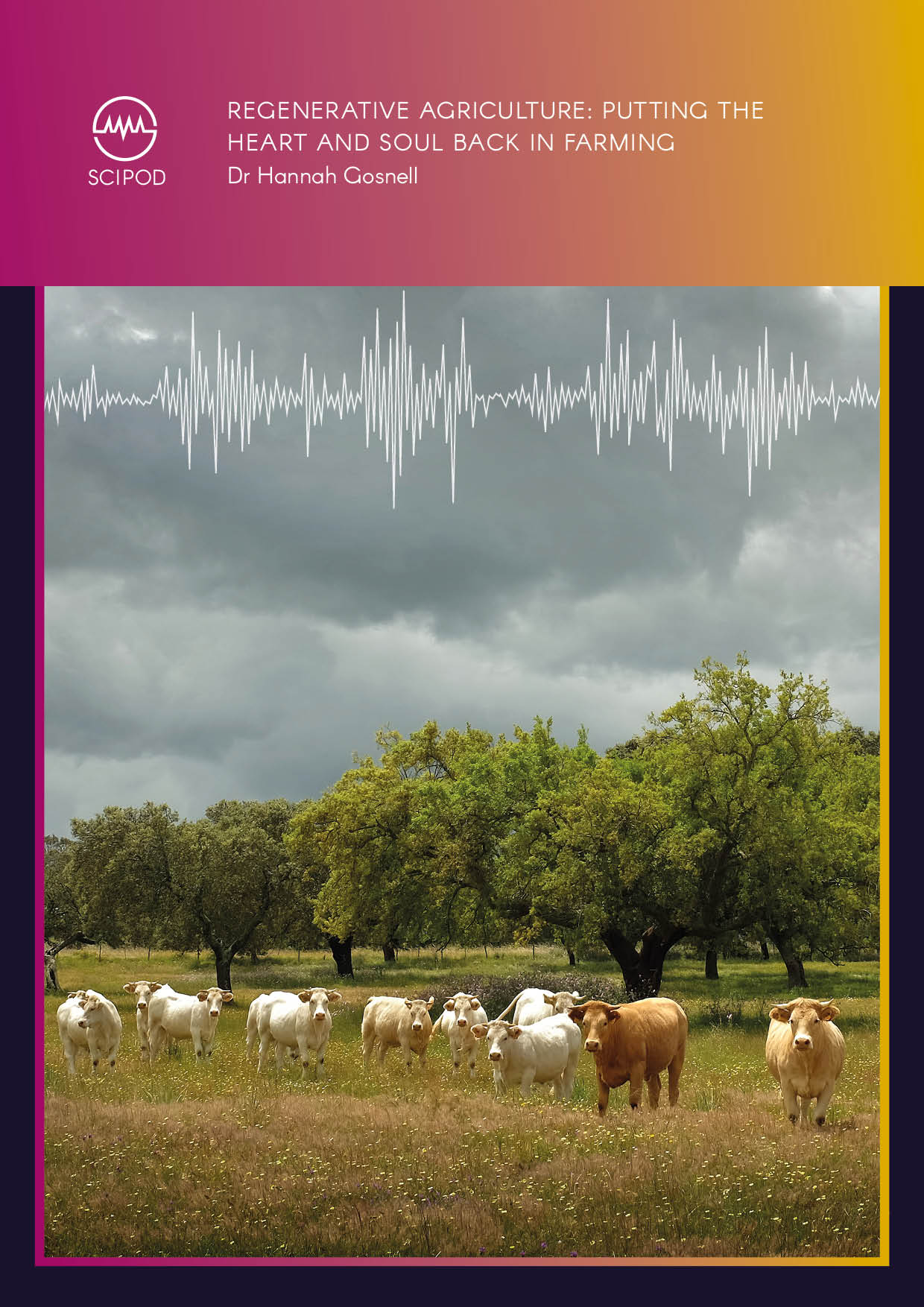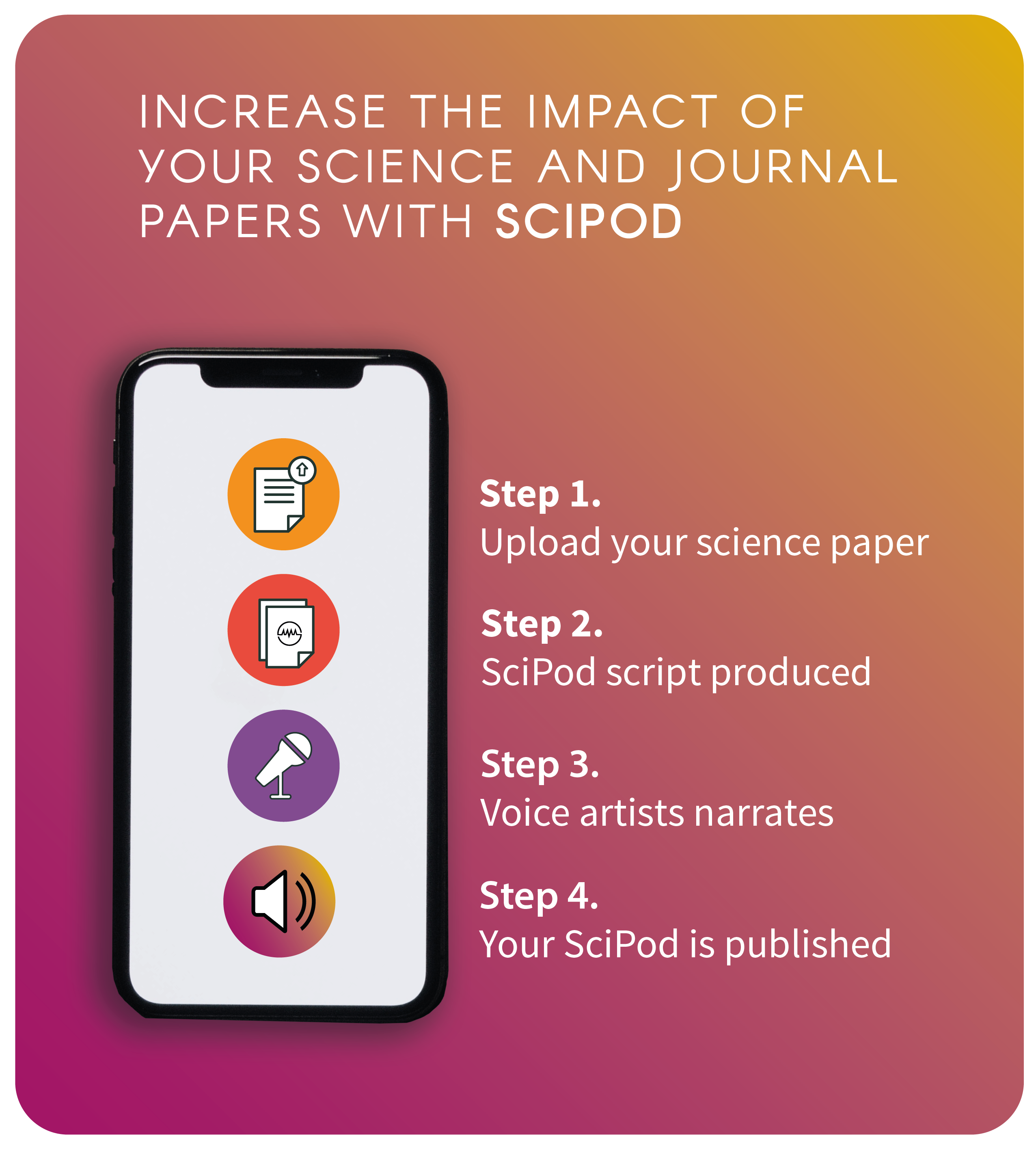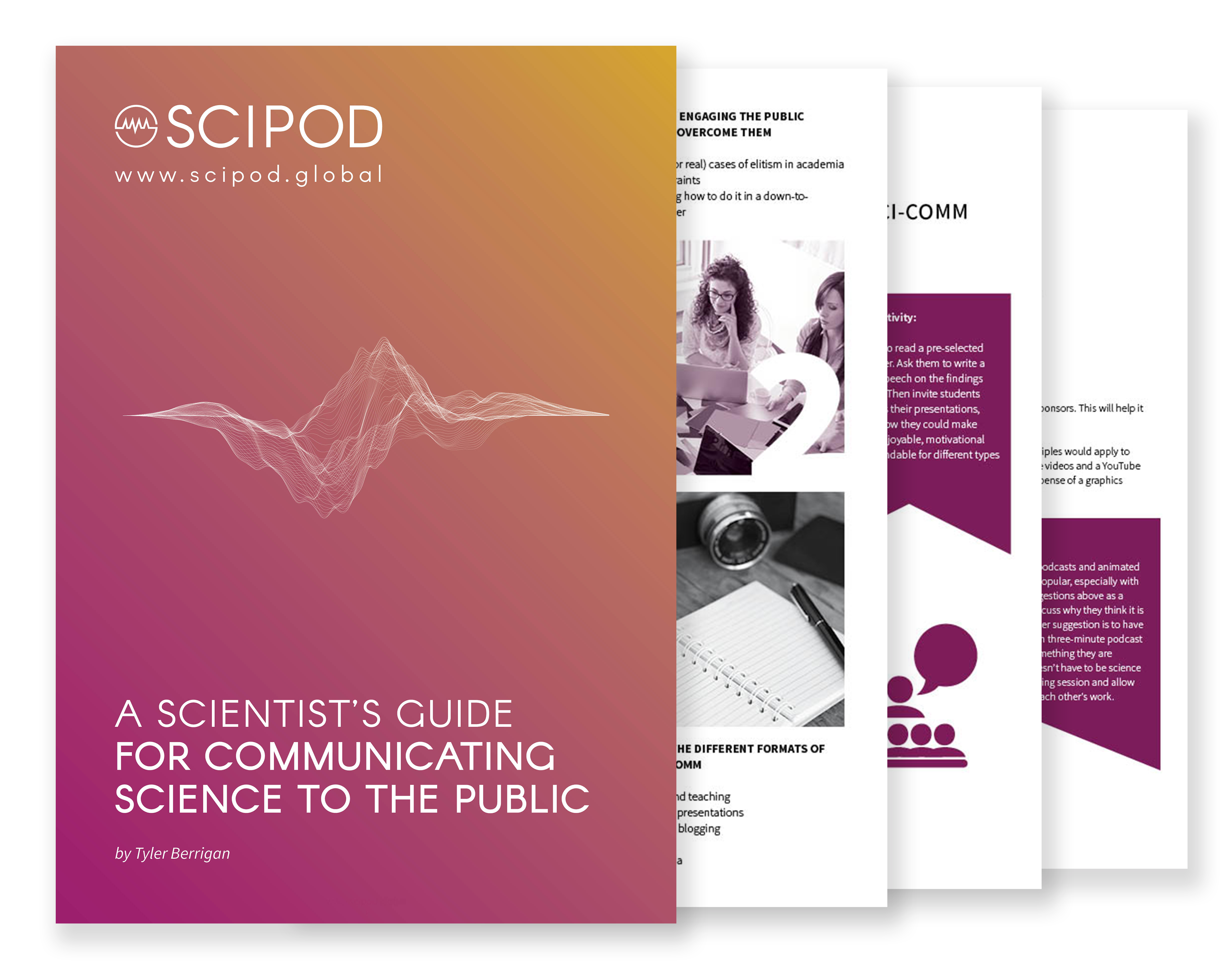Welcome to SciComm Radio
An exclusive interview series with leading scientists and science communicators
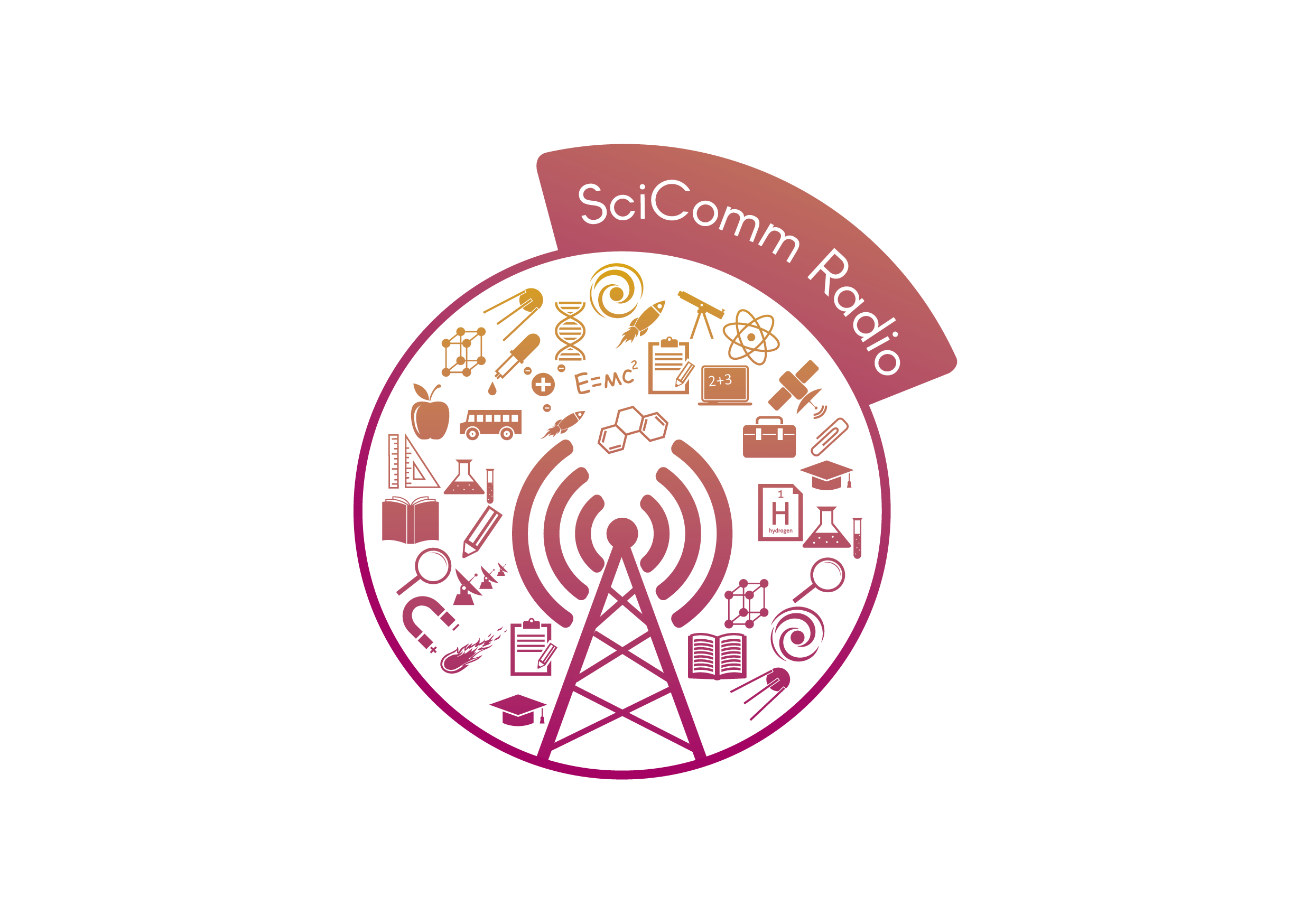
Click Below To Listen To A SciPod Radio Episode
Exploring How Microbes Can Shed Light on Ancient Climate Conditions | Tor Einar Møller
Exploring How Microbes Can Shed Light on Ancient Climate Conditions | Tor Einar Møller
Original Article Reference
This SciPod is a summary of the paper ‘Microbial Community Structure in Arctic Lake Sediments Reflect Variations in Holocene Climate Conditions’, in Frontiers in Microbiology. https://doi.org/10.3389/fmicb.2020.01520
About this episode
To study the climate of the ancient past, researchers look for its fingerprints in deep marine and lake sediments. Within these geological records are large and active microbial communities that may hold other clues about past environmental conditions and transitions. Tor Einar Møller [Tore Ee-naar Moe-lerr], a doctoral candidate at the University of Bergen, Norway, examined the link between contemporary microbe composition and the ancient climate. In a recent paper, he demonstrates that current microbe communities found within sediment cores capture elements of past environments.
This work is licensed under a Creative Commons Attribution 4.0 International License. 
What does this mean?
Share: You can copy and redistribute the material in any medium or format
Adapt: You can change, and build upon the material for any purpose, even commercially.
Credit: You must give appropriate credit, provide a link to the license, and indicate if changes were made.
More episodes
Increase the impact of your research
• Good science communication helps people make informed decisions and motivates them to take appropriate and affirmative action.
• Good science communication encourages everyday people to be scientifically literate so that they can analyse the integrity and legitimacy of information.
• Good science communication encourages people into STEM-related fields of study and employment.
• Good public science communication fosters a community around research that includes both members of the public, policymakers and scientists.
• In a recent survey, 75% of people suggested they would prefer to listen to an interesting story than read it.

Step 1 Upload your science paper
Step 2 SciPod script written
Step 3 Voice audio recorded
Step 4 SciPod published
Linking Rockfalls to Thawing Mountain Permafrost | Dr Florence Magnin
Linking Rockfalls to Thawing Mountain Permafrost | Dr Florence Magnin
Original Article Reference
This SciPod is a summary of https://doi.org/10.33548/SCIENTIA782
About this episode
Permafrost is key to maintaining the stability of steep mountain slopes. Yet as the climate warms, this frozen ground is becoming increasingly prone to thawing. In some cases, these events can trigger cascades of loose rock, with potentially devastating consequences for surrounding communities. Using a combination of computer modelling, and daring field experiments, Dr Florence Magnin at the Laboratory of Environments, Dynamics and Mountain Territories (EDYTEM) aims to better predict when and where these rockfalls are likely to occur, and how the state of mountain permafrost will evolve in the future.
This work is licensed under a Creative Commons Attribution 4.0 International License. 
What does this mean?
Share: You can copy and redistribute the material in any medium or format
Adapt: You can change, and build upon the material for any purpose, even commercially.
Credit: You must give appropriate credit, provide a link to the license, and indicate if changes were made.
More episodes
Increase the impact of your research
• Good science communication helps people make informed decisions and motivates them to take appropriate and affirmative action.
• Good science communication encourages everyday people to be scientifically literate so that they can analyse the integrity and legitimacy of information.
• Good science communication encourages people into STEM-related fields of study and employment.
• Good public science communication fosters a community around research that includes both members of the public, policymakers and scientists.
• In a recent survey, 75% of people suggested they would prefer to listen to an interesting story than read it.

Step 1 Upload your science paper
Step 2 SciPod script written
Step 3 Voice audio recorded
Step 4 SciPod published
Conversational Prosodic Entrainment in Youths with Autism Spectrum Disorder | Dr Heike Lehnert-LeHouillier
Conversational Prosodic Entrainment in Youths with Autism Spectrum Disorder | Dr Heike Lehnert-LeHouillier
Original Article Reference
This SciPod is a summary of the paper ‘Prosodic Entrainment in Conversations of Verbal Children and Teens on the Autism Spectrum’, from the open access journal, Frontiers in Psychology. https://doi.org/10.3389/fpsyg.2020.582221.
About this episode
Young people with autism spectrum disorder (ASD) often display unusual patterns of speech. Dr Heike Lehnert-LeHouillier and her colleagues from New Mexico State University in the USA, have undertaken one of the first studies to assess linguistic alignment, also known as entrainment, in the conversations of children and adolescents diagnosed with ASD. Their research concluded that when compared with a control group who were matched in terms of age, gender and non-verbal IQ, young people with ASD do show different entrainment levels across their conversations.
This work is licensed under a Creative Commons Attribution 4.0 International License. 
What does this mean?
Share: You can copy and redistribute the material in any medium or format
Adapt: You can change, and build upon the material for any purpose, even commercially.
Credit: You must give appropriate credit, provide a link to the license, and indicate if changes were made.
More episodes
Increase the impact of your research
• Good science communication helps people make informed decisions and motivates them to take appropriate and affirmative action.
• Good science communication encourages everyday people to be scientifically literate so that they can analyse the integrity and legitimacy of information.
• Good science communication encourages people into STEM-related fields of study and employment.
• Good public science communication fosters a community around research that includes both members of the public, policymakers and scientists.
• In a recent survey, 75% of people suggested they would prefer to listen to an interesting story than read it.

Step 1 Upload your science paper
Step 2 SciPod script written
Step 3 Voice audio recorded
Step 4 SciPod published
START NOW: An Effective Mental Health Intervention | Dr. Robert Trestman
START NOW: An Effective Mental Health Intervention | Dr. Robert Trestman
Original Article Reference
This SciPod is a summary of https://doi.org/10.33548/SCIENTIA747
About this episode
Dr. Robert Trestman, at the Carilion Clinic and Virginia Tech Carilion School of Medicine, has co-developed START NOW, a successful group psychotherapy intervention specifically targeting mental health issues in prisoners. It combines elements of cognitive behavioral therapy to form skills-based learning. Furthermore, START NOW is easily accessible, cost-effective, and designed for use in settings with limited resources. Due to its success within correctional institutions, START NOW is being adapted for use in fields such as adolescent conduct issues and opioid misuse.
This work is licensed under a Creative Commons Attribution 4.0 International License. 
What does this mean?
Share: You can copy and redistribute the material in any medium or format
Adapt: You can change, and build upon the material for any purpose, even commercially.
Credit: You must give appropriate credit, provide a link to the license, and indicate if changes were made.
More episodes
Increase the impact of your research
• Good science communication helps people make informed decisions and motivates them to take appropriate and affirmative action.
• Good science communication encourages everyday people to be scientifically literate so that they can analyse the integrity and legitimacy of information.
• Good science communication encourages people into STEM-related fields of study and employment.
• Good public science communication fosters a community around research that includes both members of the public, policymakers and scientists.
• In a recent survey, 75% of people suggested they would prefer to listen to an interesting story than read it.

Step 1 Upload your science paper
Step 2 SciPod script written
Step 3 Voice audio recorded
Step 4 SciPod published
Improving Taxonomy Research for Enhanced Conservation and Collaboration
Improving Taxonomy Research for Enhanced Conservation and Collaboration
Original Article Reference
This SciPod is a summary of the paper ‘Relationship of taxonomic error to frequency of observation’, from PLoS ONE. doi.org/10.1371/journal.pone.0241933
About this episode
Identifying species with accuracy is important for numerous reasons; for instance, accurately knowing which organisms are present in an ecosystem is essential for informing conservation strategies to protect it. Therefore, if there is any question about an organism’s identity, it is important to document that uncertainty. However, levels of uncertainty are unknown for many research groups that carry out biological monitoring. James Stribling and Erik Leppo from Tetra Tech, Inc.’s Center for Ecological Sciences introduce a process for deriving uncertainty values, by studying the rates at which freshwater organisms in the US tend to be misidentified.
This work is licensed under a Creative Commons Attribution 4.0 International License. 
What does this mean?
Share: You can copy and redistribute the material in any medium or format
Adapt: You can change, and build upon the material for any purpose, even commercially.
Credit: You must give appropriate credit, provide a link to the license, and indicate if changes were made.
More episodes
Increase the impact of your research
• Good science communication helps people make informed decisions and motivates them to take appropriate and affirmative action.
• Good science communication encourages everyday people to be scientifically literate so that they can analyse the integrity and legitimacy of information.
• Good science communication encourages people into STEM-related fields of study and employment.
• Good public science communication fosters a community around research that includes both members of the public, policymakers and scientists.
• In a recent survey, 75% of people suggested they would prefer to listen to an interesting story than read it.

Step 1 Upload your science paper
Step 2 SciPod script written
Step 3 Voice audio recorded
Step 4 SciPod published
Finding Reefs: Advances in Mapping Rare Marine Habitats
Finding Reefs: Advances in Mapping Rare Marine Habitats
Original Article Reference
This SciPod is a summary of the paper ‘Hydroacoustic Mapping of Geogenic Hard Substrates: Challenges and Review of German Approaches’ from Geosciences. https://doi.org/10.3390/geosciences10030100
About this episode
The marine environment houses complex types of ecosystems that provide vital services and habitat to aquatic life. Areas of the seafloor where rocky outcrops are present, such as reefs and gravel beds, are some of the rarest marine habitats. Also known as ‘hard substrate habitats’ these ecosystems are under increasing pressure from fishing, eutrophication, climate change, and coastal management. Though hard substrates are protected in the European Union, we are unable to manage them effectively because maps describing their location and dimensions are inaccurate. In a review paper, Dr Svenja Papenmeier [Sven-yah Pah-pan-my-er] of Germany’s Leibniz Institute for Baltic Sea Research Warnemünde summarises existing rules for mapping substrate habitats, and describes new and potentially ground-breaking mapping techniques.
This work is licensed under a Creative Commons Attribution 4.0 International License. 
What does this mean?
Share: You can copy and redistribute the material in any medium or format
Adapt: You can change, and build upon the material for any purpose, even commercially.
Credit: You must give appropriate credit, provide a link to the license, and indicate if changes were made.
More episodes
Increase the impact of your research
• Good science communication helps people make informed decisions and motivates them to take appropriate and affirmative action.
• Good science communication encourages everyday people to be scientifically literate so that they can analyse the integrity and legitimacy of information.
• Good science communication encourages people into STEM-related fields of study and employment.
• Good public science communication fosters a community around research that includes both members of the public, policymakers and scientists.
• In a recent survey, 75% of people suggested they would prefer to listen to an interesting story than read it.

Step 1 Upload your science paper
Step 2 SciPod script written
Step 3 Voice audio recorded
Step 4 SciPod published
Adapting to Climate Change Using Regional Models
Adapting to Climate Change Using Regional Models
Original Article Reference
This SciPod is a summary of https://doi.org/10.33548/SCIENTIA774.
About this episode
As the impacts of climate change become increasingly obvious worldwide, focused efforts to mitigate its worst effects are becoming more urgent. Through his research, Dr Xander Wang at the University of Prince Edward Island aims to innovate the computer models used to predict these future changes on smaller, regional scales. His team’s work is making important strides towards an advanced predictive toolset, which policymakers could use to make the best possible decisions about how to protect local populations from future climate-related disasters.
This work is licensed under a Creative Commons Attribution 4.0 International License. 
What does this mean?
Share: You can copy and redistribute the material in any medium or format
Adapt: You can change, and build upon the material for any purpose, even commercially.
Credit: You must give appropriate credit, provide a link to the license, and indicate if changes were made.
More episodes
Increase the impact of your research
• Good science communication helps people make informed decisions and motivates them to take appropriate and affirmative action.
• Good science communication encourages everyday people to be scientifically literate so that they can analyse the integrity and legitimacy of information.
• Good science communication encourages people into STEM-related fields of study and employment.
• Good public science communication fosters a community around research that includes both members of the public, policymakers and scientists.
• In a recent survey, 75% of people suggested they would prefer to listen to an interesting story than read it.

Step 1 Upload your science paper
Step 2 SciPod script written
Step 3 Voice audio recorded
Step 4 SciPod published
Harnessing Water Fleas to Purify Wastewater
Harnessing Water Fleas to Purify Wastewater
Original Article Reference
This SciPod is a summary of the information held in patent document ‘Using Daphnia for bioremediation’. Patent Information: WO/2021/116229.
About this episode
Water-treatment processes are essential for water reuse in municipal, agricultural and industrial applications. Wastewater treatment ensures our safety and prevents sickness and death from parasites and contaminants every year. However, certain chemical contaminants, such as pharmaceuticals and pesticides, are difficult to remove from water, and can accumulate in the food web, eventually entering our food supply and potentially causing adverse health outcomes. Dr Luisa Orsini [Loo-ee-sah Oar-see-nee] and her colleagues at Daphne Water Solutions Ltd have developed a cutting-edge water-bioremediation technology, which is based on the use of small aquatic invertebrates called water fleas. By removing harmful contaminants from water, the sustainable and eco-friendly technology enables water reuse, while protecting human health and the environment.
This work is licensed under a Creative Commons Attribution 4.0 International License. 
What does this mean?
Share: You can copy and redistribute the material in any medium or format
Adapt: You can change, and build upon the material for any purpose, even commercially.
Credit: You must give appropriate credit, provide a link to the license, and indicate if changes were made.
More episodes
Increase the impact of your research
• Good science communication helps people make informed decisions and motivates them to take appropriate and affirmative action.
• Good science communication encourages everyday people to be scientifically literate so that they can analyse the integrity and legitimacy of information.
• Good science communication encourages people into STEM-related fields of study and employment.
• Good public science communication fosters a community around research that includes both members of the public, policymakers and scientists.
• In a recent survey, 75% of people suggested they would prefer to listen to an interesting story than read it.

Step 1 Upload your science paper
Step 2 SciPod script written
Step 3 Voice audio recorded
Step 4 SciPod published
Insect Juvenile Hormone: A Rich History of Surprising Discoveries
Insect Juvenile Hormone: A Rich History of Surprising Discoveries
Original Article Reference
This SciPod is a summary of the paper ‘Rhodnius, Golden Oil, and Met: A History of Juvenile Hormone Research’ from Frontiers in Cell and Developmental Biology. doi.org/10.3389/fcell.2020.00679
About this episode
The story of research into juvenile hormone, a fundamental chemical that regulates insect life history, follows the same thread as many other tales of scientific discovery. A series of serendipitous findings and observations led researchers to identify this unique hormone and isolate it from a moth. Additional studies focused on its potential as an insecticide, given that it has diverse effects on various aspects of insect physiology. In a recent review paper, Professor Lynn M Riddiford of the University of Washington details major developments in the history of juvenile hormone research.
This work is licensed under a Creative Commons Attribution 4.0 International License. 
What does this mean?
Share: You can copy and redistribute the material in any medium or format
Adapt: You can change, and build upon the material for any purpose, even commercially.
Credit: You must give appropriate credit, provide a link to the license, and indicate if changes were made.
More episodes
Increase the impact of your research
• Good science communication helps people make informed decisions and motivates them to take appropriate and affirmative action.
• Good science communication encourages everyday people to be scientifically literate so that they can analyse the integrity and legitimacy of information.
• Good science communication encourages people into STEM-related fields of study and employment.
• Good public science communication fosters a community around research that includes both members of the public, policymakers and scientists.
• In a recent survey, 75% of people suggested they would prefer to listen to an interesting story than read it.

Step 1 Upload your science paper
Step 2 SciPod script written
Step 3 Voice audio recorded
Step 4 SciPod published
Exploring the Evolution of Plant Chemical Defences – Dr Ella Katz
Exploring the Evolution of Plant Chemical Defences – Dr Ella Katz
Original Article Reference
This SciPod is a summary of the paper ‘Genetic variation, environment and demography intersect to shape Arabidopsis defense metabolite variation across Europe’ from eLife: doi.org/10.7554/eLife.67784
About this episode
When it becomes too cold or a predator draws near, animals can flee to nicer locales. Plants, on the other hand, do not have this luxury. Instead, they have evolved chemical defences to deter pests and respond to changes in their environment. Dr Ella Katz of the University of California, Davis, is interested in the wide variety of chemical defences found in plants. In a recent study, she and her colleagues show that geography, environment, population history and genetics all combine to produce different chemical defences within the same plant species.
This work is licensed under a Creative Commons Attribution 4.0 International License. 
What does this mean?
Share: You can copy and redistribute the material in any medium or format
Adapt: You can change, and build upon the material for any purpose, even commercially.
Credit: You must give appropriate credit, provide a link to the license, and indicate if changes were made.
More episodes
Increase the impact of your research
• Good science communication helps people make informed decisions and motivates them to take appropriate and affirmative action.
• Good science communication encourages everyday people to be scientifically literate so that they can analyse the integrity and legitimacy of information.
• Good science communication encourages people into STEM-related fields of study and employment.
• Good public science communication fosters a community around research that includes both members of the public, policymakers and scientists.
• In a recent survey, 75% of people suggested they would prefer to listen to an interesting story than read it.

Step 1 Upload your science paper
Step 2 SciPod script written
Step 3 Voice audio recorded
Step 4 SciPod published
Advancing Quantum Computing to Accelerate Scientific Research
Advancing Quantum Computing to Accelerate Scientific Research
About this episode
Over the past few years, the capabilities of quantum computers have reached the stage where they can be used to pursue research with widespread technological impact. Through their research, the Q4Q team at the University of Southern California, University of North Texas, and Central Michigan University, explores how software and algorithms designed for the latest quantum computing technologies can be adapted to suit the needs of applied sciences. In a collaborative project, the Q4Q team sets out a roadmap for bringing accessible, user-friendly quantum computing into fields ranging from materials science, to pharmaceutical drug development.
Original Article Reference
This animation is a summary of https://doi.org/10.33548/SCIENTIA678
More episodes
This work is licensed under a Creative Commons Attribution 4.0 International License. 
What does this mean?
Share: You can copy and redistribute the material in any medium or format
Adapt: You can change, and build upon the material for any purpose, even commercially.
Credit: You must give appropriate credit, provide a link to the license, and indicate if changes were made.
Increase the impact of your research
• Good science communication helps people make informed decisions and motivates them to take appropriate and affirmative action.
• Good science communication encourages everyday people to be scientifically literate so that they can analyse the integrity and legitimacy of information.
• Good science communication encourages people into STEM-related fields of study and employment.
• Good public science communication fosters a community around research that includes both members of the public, policymakers and scientists.
• In a recent survey, 75% of people suggested they would prefer to listen to an interesting story than read it.

Step 1 Upload your science paper
Step 2 SciPod script written
Step 3 Voice audio recorded
Step 4 SciPod published
Exploring the Vast History of Chemical Space – Dr Guillermo Restrepo
Exploring the Vast History of Chemical Space – Dr Guillermo Restrepo
Original Article Reference
This SciPod is a summary of the paper ‘Exploration of the chemical space and its three historical regimes’, from PNAS. https://doi.org/10.1073/pnas.1816039116
About this episode
Chemical space, a term referring to the catalogue of all known molecules, has been constantly expanding for over 200 years. Our understanding of this space is based on the work of countless researchers over the years. Dr Guillermo [Gee-yehr-moe] Restrepo and his team at the Max Planck Institute for Mathematics in the Sciences, Germany, have been analysing trends in the history of chemistry, to gain an understanding of how the field became what it is today.
This work is licensed under a Creative Commons Attribution 4.0 International License. 
What does this mean?
Share: You can copy and redistribute the material in any medium or format
Adapt: You can change, and build upon the material for any purpose, even commercially.
Credit: You must give appropriate credit, provide a link to the license, and indicate if changes were made.
More episodes
Increase the impact of your research
• Good science communication helps people make informed decisions and motivates them to take appropriate and affirmative action.
• Good science communication encourages everyday people to be scientifically literate so that they can analyse the integrity and legitimacy of information.
• Good science communication encourages people into STEM-related fields of study and employment.
• Good public science communication fosters a community around research that includes both members of the public, policymakers and scientists.
• In a recent survey, 75% of people suggested they would prefer to listen to an interesting story than read it.

Step 1 Upload your science paper
Step 2 SciPod script written
Step 3 Voice audio recorded
Step 4 SciPod published
Exploring How Mozambican Farmers Reinvent Crop-storage Practices – Dr Julia Bello-Bravo
Exploring How Mozambican Farmers Reinvent Crop-storage Practices – Dr Julia Bello-Bravo
Original Article Reference
This SciPod is a summary of the paper ‘Identifying and evaluating farmer deviations from steps recommended for hermetic postharvest storage of beans in northern Mozambique’, from the Journal of Stored Products Research. doi.org/10.1016/j.jspr.2020.101628
About this episode
International organisations have recently been trying to educate farmers in developing nations about optimal practices for growing and storing crops. While many farmers stick to these newly acquired practices, others eventually adapt them or slightly deviate from them. Researchers at Purdue University, Michigan State University, Iowa State University, and the Agricultural Research Institute of Mozambique recently carried out a study exploring how farmers have adapted an effective crop-storage practice in northern Mozambique.
This work is licensed under a Creative Commons Attribution 4.0 International License. 
What does this mean?
Share: You can copy and redistribute the material in any medium or format
Adapt: You can change, and build upon the material for any purpose, even commercially.
Credit: You must give appropriate credit, provide a link to the license, and indicate if changes were made.
More episodes
Increase the impact of your research
• Good science communication helps people make informed decisions and motivates them to take appropriate and affirmative action.
• Good science communication encourages everyday people to be scientifically literate so that they can analyse the integrity and legitimacy of information.
• Good science communication encourages people into STEM-related fields of study and employment.
• Good public science communication fosters a community around research that includes both members of the public, policymakers and scientists.
• In a recent survey, 75% of people suggested they would prefer to listen to an interesting story than read it.

Step 1 Upload your science paper
Step 2 SciPod script written
Step 3 Voice audio recorded
Step 4 SciPod published
Telemedicine in South East Asia: Current Guidelines and Future Directions
Telemedicine in South East Asia: Current Guidelines and Future Directions
Original Article Reference
This SciPod is a summary of the paper ‘Telemedicine Guidelines in South East Asia—A Scoping Review’, published in the open access journal Frontiers in Neurology. https://doi.org/10.3389/fneur.2020.581649.
About this episode
Telemedicine is increasing in utility and demand, not least due to the pressure of the COVID-19 pandemic on the provision of healthcare. With this in mind, Dr Intan Sabrina (at Hospital Tuanku Ampuan Najihah, Hospital Jempol and Tung Shin Hospital, all in Malaysia) and Dr Irma Ruslina Defi (at Hasan Sadikin General Hospital in Indonesia) have collaborated to publish an important review on current telemedicine guidelines in South East Asia, from which they make considered recommendations for its further development.
This work is licensed under a Creative Commons Attribution 4.0 International License. 
What does this mean?
Share: You can copy and redistribute the material in any medium or format
Adapt: You can change, and build upon the material for any purpose, even commercially.
Credit: You must give appropriate credit, provide a link to the license, and indicate if changes were made.
More episodes
Increase the impact of your research
• Good science communication helps people make informed decisions and motivates them to take appropriate and affirmative action.
• Good science communication encourages everyday people to be scientifically literate so that they can analyse the integrity and legitimacy of information.
• Good science communication encourages people into STEM-related fields of study and employment.
• Good public science communication fosters a community around research that includes both members of the public, policymakers and scientists.
• In a recent survey, 75% of people suggested they would prefer to listen to an interesting story than read it.

Step 1 Upload your science paper
Step 2 SciPod script written
Step 3 Voice audio recorded
Step 4 SciPod published
Studying Blazars with Multiwavelength and Multi-messenger Astronomy – Professor Markus Böttcher
Studying Blazars with Multiwavelength and Multi-messenger Astronomy – Professor Markus Böttcher
Original Article Reference
This SciPod is a summary of the paper ‘Progress in Multiwavelength and Multi-Messenger Observations of Blazars and Theoretical Challenges’, from MDPI. doi.org/10.3390/galaxies7010020
About this episode
Blazars are some of the brightest and most vibrant objects known to astronomers: emitting high-velocity jets of matter, and producing gamma rays which outshine almost all other sources in the known universe. To study these phenomena, astronomers must use the latest techniques to observe blazars simultaneously at different wavelengths of electromagnetic radiation, while also capturing the elusive neutrinos they emit. In a recent article, Dr Markus Böttcher, an astronomer at North-West University on Potchefstroom, South Africa, presents an overview of the latest advances in these ‘multiwavelength’ and ‘multi-messenger’ techniques – and where they could lead in the near future.
This work is licensed under a Creative Commons Attribution 4.0 International License. 
What does this mean?
Share: You can copy and redistribute the material in any medium or format
Adapt: You can change, and build upon the material for any purpose, even commercially.
Credit: You must give appropriate credit, provide a link to the license, and indicate if changes were made.
More episodes
Increase the impact of your research
• Good science communication helps people make informed decisions and motivates them to take appropriate and affirmative action.
• Good science communication encourages everyday people to be scientifically literate so that they can analyse the integrity and legitimacy of information.
• Good science communication encourages people into STEM-related fields of study and employment.
• Good public science communication fosters a community around research that includes both members of the public, policymakers and scientists.
• In a recent survey, 75% of people suggested they would prefer to listen to an interesting story than read it.

Step 1 Upload your science paper
Step 2 SciPod script written
Step 3 Voice audio recorded
Step 4 SciPod published
Animated Educational Videos Promote Learning Among Farmers
Animated Educational Videos Promote Learning Among Farmers
Original Article Reference
This SciPod is a summary of the paper:
doi.org/10.1080/02681102.2017.1298077
About this episode
There are up to one billion people with low literacy globally, many of whom live in rural areas and only speak their region’s local language. In Africa alone, there are an estimated 2000 local languages. Researchers are exploring new ways to make knowledge accessible to isolated communities that only speak local languages. One approach involves the use of animated educational videos, which can be dubbed in any language and can be shared in rural communities. In a study conducted in Benin, Dr Julia Bello-Bravo of Purdue University compared the effectiveness of animated educational videos to traditional presentations. This work was performed in collaboration with Benin’s International Institute for Tropical Agriculture. Dr Bello-Bravo’s team found that, not only did participants prefer videos, they actually learned more from them too.
This work is licensed under a Creative Commons Attribution 4.0 International License. 
What does this mean?
Share: You can copy and redistribute the material in any medium or format
Adapt: You can change, and build upon the material for any purpose, even commercially.
Credit: You must give appropriate credit, provide a link to the license, and indicate if changes were made.
More episodes
Increase the impact of your research
• Good science communication helps people make informed decisions and motivates them to take appropriate and affirmative action.
• Good science communication encourages everyday people to be scientifically literate so that they can analyse the integrity and legitimacy of information.
• Good science communication encourages people into STEM-related fields of study and employment.
• Good public science communication fosters a community around research that includes both members of the public, policymakers and scientists.
• In a recent survey, 75% of people suggested they would prefer to listen to an interesting story than read it.

Step 1 Upload your science paper
Step 2 SciPod script written
Step 3 Voice audio recorded
Step 4 SciPod published
‘Green Manure’: How Cover Crops Create Healthy Soils and Boost Crop Yields – Dr Lynn Brandenberger | Dr Joshua Massey
‘Green Manure’: How Cover Crops Create Healthy Soils and Boost Crop Yields – Dr Lynn Brandenberger | Dr Joshua Massey
Original Article Reference
This SciPod is a summary of the paper:
https://doi.org/10.33548/SCIENTIA750
About this episode
In order to meet the demands of a growing human population, farmers across the globe are attempting to improve the yields and nutritional content of their crops. However, this is an especially difficult challenge, in an age where climate change is negatively impacting our agricultural systems. To address these pressing issues, Dr Lynn Brandenberger and Dr Joshua Massey of Oklahoma State University focus on the intersection of soil health and crop production. Recently, they demonstrated how cover crops can greatly improve soil health and, consequently, enhance crop yields.
This work is licensed under a Creative Commons Attribution 4.0 International License. 
What does this mean?
Share: You can copy and redistribute the material in any medium or format
Adapt: You can change, and build upon the material for any purpose, even commercially.
Credit: You must give appropriate credit, provide a link to the license, and indicate if changes were made.
More episodes
Increase the impact of your research
• Good science communication helps people make informed decisions and motivates them to take appropriate and affirmative action.
• Good science communication encourages everyday people to be scientifically literate so that they can analyse the integrity and legitimacy of information.
• Good science communication encourages people into STEM-related fields of study and employment.
• Good public science communication fosters a community around research that includes both members of the public, policymakers and scientists.
• In a recent survey, 75% of people suggested they would prefer to listen to an interesting story than read it.

Step 1 Upload your science paper
Step 2 SciPod script written
Step 3 Voice audio recorded
Step 4 SciPod published
Providing Effective Pest Management Education Through Animations – Dr Julia Bello-Bravo
Providing Effective Pest Management Education Through Animations – Dr Julia Bello-Bravo
Original Article Reference
This SciPod is a summary of the paper:
doi.org/10.1564/v29_apr_02
About this episode
Integrated pest management describes effective and environmentally sensitive approaches to controlling agricultural pests, which are based on combinations of different practices. Educational information on integrated pest management is much more accessible in the developed world than in developing countries. This is due to a combination of language and technology barriers around information sharing. To ensure that reliable content related to integrated pest management systems and other educational resources can also be widely accessed by people in developing countries, researchers at Michigan State University and Purdue University have created Scientific Animations Without Borders – or SAWBO – which provides scientifically accurate animations about various important topics.
This work is licensed under a Creative Commons Attribution 4.0 International License. 
What does this mean?
Share: You can copy and redistribute the material in any medium or format
Adapt: You can change, and build upon the material for any purpose, even commercially.
Credit: You must give appropriate credit, provide a link to the license, and indicate if changes were made.
More episodes
Increase the impact of your research
• Good science communication helps people make informed decisions and motivates them to take appropriate and affirmative action.
• Good science communication encourages everyday people to be scientifically literate so that they can analyse the integrity and legitimacy of information.
• Good science communication encourages people into STEM-related fields of study and employment.
• Good public science communication fosters a community around research that includes both members of the public, policymakers and scientists.
• In a recent survey, 75% of people suggested they would prefer to listen to an interesting story than read it.

Step 1 Upload your science paper
Step 2 SciPod script written
Step 3 Voice audio recorded
Step 4 SciPod published
Engineering the Path to New Semiconductors – Dr Yasuo Koide
Engineering the Path to New Semiconductors – Dr Yasuo Koide
Original Article Reference
This SciPod is a summary of the paper:
https://doi.org/10.33548/SCIENTIA759
About this episode
As fundamental components of our electronic and optical devices, semiconductors are essential to our modern way of life. Dr Yasuo Koide of the National Institute for Material Science in Japan has an extensive history of researching and developing these unique materials. Alongside his colleagues, Dr Koide continues to break through the boundaries of our existing knowledge to create new and exciting technologies.
This work is licensed under a Creative Commons Attribution 4.0 International License. 
What does this mean?
Share: You can copy and redistribute the material in any medium or format
Adapt: You can change, and build upon the material for any purpose, even commercially.
Credit: You must give appropriate credit, provide a link to the license, and indicate if changes were made.
More episodes
Increase the impact of your research
• Good science communication helps people make informed decisions and motivates them to take appropriate and affirmative action.
• Good science communication encourages everyday people to be scientifically literate so that they can analyse the integrity and legitimacy of information.
• Good science communication encourages people into STEM-related fields of study and employment.
• Good public science communication fosters a community around research that includes both members of the public, policymakers and scientists.
• In a recent survey, 75% of people suggested they would prefer to listen to an interesting story than read it.

Step 1 Upload your science paper
Step 2 SciPod script written
Step 3 Voice audio recorded
Step 4 SciPod published
Causality: A Fundamental Necessity or Part of the Problem?
Causality: A Fundamental Necessity or Part of the Problem?
Original Article Reference
This SciPod is a summary of the paper ‘Is Causality a Necessary Tool for Understanding Our Universe, or Is It a Part of the Problem?’, from Entropy. https://doi.org/10.3390/e23070886
About this episode
For thousands of years, the notion of a one-way flow of cause-and-effect has underpinned virtually every scientific theory. Yet Dr Martin Tamm at the University of Stockholm argues that this notion of ‘causality’ may be holding back our understanding of how the Universe really works. Through his research, he suggests an alternative approach, based around a mathematical construct named ‘probability space’. His ideas could ultimately lead to new solutions to problems that physicists have struggled with for decades.
This work is licensed under a Creative Commons Attribution 4.0 International License. 
What does this mean?
Share: You can copy and redistribute the material in any medium or format
Adapt: You can change, and build upon the material for any purpose, even commercially.
Credit: You must give appropriate credit, provide a link to the license, and indicate if changes were made.
More episodes
Increase the impact of your research
• Good science communication helps people make informed decisions and motivates them to take appropriate and affirmative action.
• Good science communication encourages everyday people to be scientifically literate so that they can analyse the integrity and legitimacy of information.
• Good science communication encourages people into STEM-related fields of study and employment.
• Good public science communication fosters a community around research that includes both members of the public, policymakers and scientists.
• In a recent survey, 75% of people suggested they would prefer to listen to an interesting story than read it.

Step 1 Upload your science paper
Step 2 SciPod script written
Step 3 Voice audio recorded
Step 4 SciPod published
Strategies and Tools for Studying Microglial-Mediated Synapse Elimination and Refinement
Strategies and Tools for Studying Microglial-Mediated Synapse Elimination and Refinement
Original Article Reference
This SciPod is a summary of the paper ‘Strategies and Tools for Studying Microglial-Mediated Synapse Elimination and Refinement’
Authored by ‘Raffaella Morini, Matteo Bizzotto, Fabio Perrucci, Fabia Filipello and Michela Matteoli’
Published in the open access journal Frontiers in Immunology. https://doi.org/10.3389/fimmu.2021.640937
About this episode
Synapse elimination is a tightly regulated process, and an aberrant number of synapses both during the early stages of development or later in aging, has been observed in several neurological conditions, including Alzheimer’s disease, schizophrenia or autism. Effective methodological approaches for investigating how supernumerary synapses and apoptotic material are removed from the brain are vital for understanding the underlying mechanisms, and this, in turn, may provide exciting avenues for the development of new treatments. Dr Morini, Dr Filipello and colleagues at Humanitas University and at Washington University in St Louis have recently published a review about the different strategies and tools available to study the role of microglia, the phagocytes of the brain, in neuronal and synaptic substrates phagocytosis.
This work is licensed under a Creative Commons Attribution 4.0 International License. 
What does this mean?
Share: You can copy and redistribute the material in any medium or format
Adapt: You can change, and build upon the material for any purpose, even commercially.
Credit: You must give appropriate credit, provide a link to the license, and indicate if changes were made.
More episodes
Increase the impact of your research
• Good science communication helps people make informed decisions and motivates them to take appropriate and affirmative action.
• Good science communication encourages everyday people to be scientifically literate so that they can analyse the integrity and legitimacy of information.
• Good science communication encourages people into STEM-related fields of study and employment.
• Good public science communication fosters a community around research that includes both members of the public, policymakers and scientists.
• In a recent survey, 75% of people suggested they would prefer to listen to an interesting story than read it.

Step 1 Upload your science paper
Step 2 SciPod script written
Step 3 Voice audio recorded
Step 4 SciPod published
Understanding Reionisation In The Early Universe – Dr Nick Gnedin
Understanding Reionisation In The Early Universe – Dr Nick Gnedin
Original Article Reference
This SciPod is a summary of the paper:
https://doi.org/10.33548/SCIENTIA659
About this episode
Hundreds of millions of years after the Big Bang, charged, ‘ionised’ particles not seen since the earliest ages of the universe began to re-emerge. Named ‘reionisation’, this event was crucially important in the history of our universe – but because it occurred so far back in the past, telescope observations can only offer astronomers limited clues about how it unfolded. In his research, Dr Nick Gnedin at the Fermi National Accelerator Laboratory uses advanced computer simulations to study reionisation. His team’s project, named ‘Cosmic Reionization On Computers’, or CROC, now offers a key resource to researchers studying this distant period.
This work is licensed under a Creative Commons Attribution 4.0 International License. 
What does this mean?
Share: You can copy and redistribute the material in any medium or format
Adapt: You can change, and build upon the material for any purpose, even commercially.
Credit: You must give appropriate credit, provide a link to the license, and indicate if changes were made.
More episodes
Increase the impact of your research
• Good science communication helps people make informed decisions and motivates them to take appropriate and affirmative action.
• Good science communication encourages everyday people to be scientifically literate so that they can analyse the integrity and legitimacy of information.
• Good science communication encourages people into STEM-related fields of study and employment.
• Good public science communication fosters a community around research that includes both members of the public, policymakers and scientists.
• In a recent survey, 75% of people suggested they would prefer to listen to an interesting story than read it.

Step 1 Upload your science paper
Step 2 SciPod script written
Step 3 Voice audio recorded
Step 4 SciPod published
Uncovering The Trigger For Mars’ Global Dust Storms – James H. Shirley
Uncovering The Trigger For Mars’ Global Dust Storms – James H. Shirley
Original Article Reference
This SciPod is a summary of the paper:
https://doi.org/10.33548/SCIENTIA635
About this episode
Enshrouding the Martian surface with thick clouds of dust, the Red Planet’s unique global dust storms have long mystified astronomers and planetary scientists. James Shirley, at NASA’s Jet Propulsion Laboratory, has shown through his research that the occurrence of these global storms is strongly linked to the changes in Mars’ motion about the gravitational centre of the solar system. Already boasting strong observational evidence, his results could not only improve our understanding of the Mars atmosphere – they may also lead to a better understanding of turbulent weather patterns on Earth.
This work is licensed under a Creative Commons Attribution 4.0 International License. 
What does this mean?
Share: You can copy and redistribute the material in any medium or format
Adapt: You can change, and build upon the material for any purpose, even commercially.
Credit: You must give appropriate credit, provide a link to the license, and indicate if changes were made.
More episodes
Increase the impact of your research
• Good science communication helps people make informed decisions and motivates them to take appropriate and affirmative action.
• Good science communication encourages everyday people to be scientifically literate so that they can analyse the integrity and legitimacy of information.
• Good science communication encourages people into STEM-related fields of study and employment.
• Good public science communication fosters a community around research that includes both members of the public, policymakers and scientists.
• In a recent survey, 75% of people suggested they would prefer to listen to an interesting story than read it.

Step 1 Upload your science paper
Step 2 SciPod script written
Step 3 Voice audio recorded
Step 4 SciPod published
The HBCU – HDI Women In STEM Conferences – Dr Sonya Smith
The HBCU – HDI Women In STEM Conferences – Dr Sonya Smith
Original Article Reference
This SciPod is a summary of the paper:
https://doi.org/10.33548/SCIENTIA577
About this episode
Although the number of women enrolling in science, technology, engineering and math (STEM) courses has increased over the past few years, women still remain widely underrepresented in STEM fields. To address this serious issue, the HBCU-HDI Women in STEM Conference, an event organised by Dr Sonya Smith and her colleagues at Howard University, brings female scientists and graduate students from the US and South Africa together to openly discuss the challenges and opportunities for women pursuing careers in STEM-related fields.
This work is licensed under a Creative Commons Attribution 4.0 International License. 
What does this mean?
Share: You can copy and redistribute the material in any medium or format
Adapt: You can change, and build upon the material for any purpose, even commercially.
Credit: You must give appropriate credit, provide a link to the license, and indicate if changes were made.
More episodes
Increase the impact of your research
• Good science communication helps people make informed decisions and motivates them to take appropriate and affirmative action.
• Good science communication encourages everyday people to be scientifically literate so that they can analyse the integrity and legitimacy of information.
• Good science communication encourages people into STEM-related fields of study and employment.
• Good public science communication fosters a community around research that includes both members of the public, policymakers and scientists.
• In a recent survey, 75% of people suggested they would prefer to listen to an interesting story than read it.

Step 1 Upload your science paper
Step 2 SciPod script written
Step 3 Voice audio recorded
Step 4 SciPod published
The Galapagos Initiative Saving The Enchanted Islands – Dr Stephen Walsh, University Of North Carolina At Chapel Hill
The Galapagos Initiative Saving The Enchanted Islands – Dr Stephen Walsh, University Of North Carolina At Chapel Hill
Original Article Reference
This SciPod is a summary of the paper:
https://doi.org/10.33548/SCIENTIA634
About this episode
The Galapagos Islands are facing increasing danger. Local and global forces – including tourism and climate change – threaten the fragile island ecosystems. The high number of unique plants and animals on the islands means that the loss of a Galapagos species may represent a global extinction event. The Galapagos Initiative, founded by Dr Stephen Walsh of the University of North Carolina at Chapel Hill and Dr Carlos Mena of the Universidad San Francisco de Quito, aims to save the Galapagos Islands with an innovative, sustainable strategy combining evidence from key interdisciplinary projects and a robust mapping and modelling program.
This work is licensed under a Creative Commons Attribution 4.0 International License. 
What does this mean?
Share: You can copy and redistribute the material in any medium or format
Adapt: You can change, and build upon the material for any purpose, even commercially.
Credit: You must give appropriate credit, provide a link to the license, and indicate if changes were made.
More episodes
Increase the impact of your research
• Good science communication helps people make informed decisions and motivates them to take appropriate and affirmative action.
• Good science communication encourages everyday people to be scientifically literate so that they can analyse the integrity and legitimacy of information.
• Good science communication encourages people into STEM-related fields of study and employment.
• Good public science communication fosters a community around research that includes both members of the public, policymakers and scientists.
• In a recent survey, 75% of people suggested they would prefer to listen to an interesting story than read it.

Step 1 Upload your science paper
Step 2 SciPod script written
Step 3 Voice audio recorded
Step 4 SciPod published
The Benefits Of A High – Protein Diet Across The Lifespan – Dr Jamie I. Baum, University Of Arkansas
The Benefits Of A High – Protein Diet Across The Lifespan – Dr Jamie I. Baum, University Of Arkansas
Original Article Reference
This SciPod is a summary of the paper:
https://doi.org/10.33548/SCIENTIA623
About this episode
Being overweight is a well-recognised risk factor for the development of chronic diseases such as diabetes, heart diseases, and certain types of cancer. As such, obesity represents a significant public health issue worldwide. It is the leading cause of death in the USA, notably in Arkansas, where Dr Jamie I. Baum, at the Department of Food Science at the University of Arkansas, is exploring, with her colleagues, the relationship between dietary protein intake and its impact on body composition and metabolism to develop efficient nutritional guidelines to prevent and treat obesity.
This work is licensed under a Creative Commons Attribution 4.0 International License. 
What does this mean?
Share: You can copy and redistribute the material in any medium or format
Adapt: You can change, and build upon the material for any purpose, even commercially.
Credit: You must give appropriate credit, provide a link to the license, and indicate if changes were made.
More episodes
Increase the impact of your research
• Good science communication helps people make informed decisions and motivates them to take appropriate and affirmative action.
• Good science communication encourages everyday people to be scientifically literate so that they can analyse the integrity and legitimacy of information.
• Good science communication encourages people into STEM-related fields of study and employment.
• Good public science communication fosters a community around research that includes both members of the public, policymakers and scientists.
• In a recent survey, 75% of people suggested they would prefer to listen to an interesting story than read it.

Step 1 Upload your science paper
Step 2 SciPod script written
Step 3 Voice audio recorded
Step 4 SciPod published
Superinsulators The Hideout Of Magnetic Monopoles
Superinsulators The Hideout Of Magnetic Monopoles
Original Article Reference
This SciPod is a summary of the paper:
https://doi.org/10.33548/SCIENTIA652
About this episode
Magnetic monopoles have long been dismissed as impossible by many physicists, but their existence has nonetheless been theorised for many decades. Through their extensive research, scientists at Terra Quantum AG, the University of Perugia, and SwissScientific Technologies, show that the end could soon be in sight for this conflict. The team’s investigations into superconducting materials not only show that magnetic monopoles must be real – their discoveries also set the stage for exciting technological advances.
This work is licensed under a Creative Commons Attribution 4.0 International License. 
What does this mean?
Share: You can copy and redistribute the material in any medium or format
Adapt: You can change, and build upon the material for any purpose, even commercially.
Credit: You must give appropriate credit, provide a link to the license, and indicate if changes were made.
More episodes
Increase the impact of your research
• Good science communication helps people make informed decisions and motivates them to take appropriate and affirmative action.
• Good science communication encourages everyday people to be scientifically literate so that they can analyse the integrity and legitimacy of information.
• Good science communication encourages people into STEM-related fields of study and employment.
• Good public science communication fosters a community around research that includes both members of the public, policymakers and scientists.
• In a recent survey, 75% of people suggested they would prefer to listen to an interesting story than read it.

Step 1 Upload your science paper
Step 2 SciPod script written
Step 3 Voice audio recorded
Step 4 SciPod published
Small But Mighty Game – Changing Nanopore Research – Dr Jean – Pierre Leburton, University Of Illinois At Urbana – Champaign
Small But Mighty Game – Changing Nanopore Research – Dr Jean – Pierre Leburton, University Of Illinois At Urbana – Champaign
Original Article Reference
This SciPod is a summary of the paper:
https://doi.org/10.33548/SCIENTIA654
About this episode
The far-reaching benefits of nanopore research encompass fields as diverse as physics, healthcare, big data processing and environmental studies. At the University of Illinois at Urbana-Champaign, Dr Jean-Pierre Leburton is conducting research focused on the use of nanopores in ultrathin solid-state molecular materials, such as graphene and 2D transition-metal dichalcogenides, for DNA sensing applications. This offers a low-cost and highly effective method of identifying biomolecules, and could have widespread medical applications, enabling rapid, early and effective disease diagnosis and prompting effective treatment, as well as providing invaluable technologies for assisting with DNA sequencing.
This work is licensed under a Creative Commons Attribution 4.0 International License. 
What does this mean?
Share: You can copy and redistribute the material in any medium or format
Adapt: You can change, and build upon the material for any purpose, even commercially.
Credit: You must give appropriate credit, provide a link to the license, and indicate if changes were made.
More episodes
Increase the impact of your research
• Good science communication helps people make informed decisions and motivates them to take appropriate and affirmative action.
• Good science communication encourages everyday people to be scientifically literate so that they can analyse the integrity and legitimacy of information.
• Good science communication encourages people into STEM-related fields of study and employment.
• Good public science communication fosters a community around research that includes both members of the public, policymakers and scientists.
• In a recent survey, 75% of people suggested they would prefer to listen to an interesting story than read it.

Step 1 Upload your science paper
Step 2 SciPod script written
Step 3 Voice audio recorded
Step 4 SciPod published
Simulating Flows Between Clustered Galaxies – Dr Tom Jones, University Of Minnesota
Simulating Flows Between Clustered Galaxies – Dr Tom Jones, University Of Minnesota
Original Article Reference
This SciPod is a summary of the paper:
https://doi.org/10.33548/SCIENTIA606
Share Episode
About this episode
The spaces in between galaxies may be unimaginably vast, but within galactic clusters, they are far from empty. Rather, these expanses are home to a wide range of interplaying, often violent plasma dynamics. In his research, Dr Tom Jones at the University of Minnesota plans to use cutting-edge computer techniques to simulate these processes – shedding new light on physical properties that have eluded astronomers so far. His team’s research will not only give crucial insights into some of the largest structures in the known universe, but will also capture the public imagination, and inspire a diverse new generation of astronomers.
This work is licensed under a Creative Commons Attribution 4.0 International License. 
What does this mean?
Share: You can copy and redistribute the material in any medium or format
Adapt: You can change, and build upon the material for any purpose, even commercially.
Credit: You must give appropriate credit, provide a link to the license, and indicate if changes were made.
More episodes
Increase the impact of your research
• Good science communication helps people make informed decisions and motivates them to take appropriate and affirmative action.
• Good science communication encourages everyday people to be scientifically literate so that they can analyse the integrity and legitimacy of information.
• Good science communication encourages people into STEM-related fields of study and employment.
• Good public science communication fosters a community around research that includes both members of the public, policymakers and scientists.
• In a recent survey, 75% of people suggested they would prefer to listen to an interesting story than read it.

Step 1 Upload your science paper
Step 2 SciPod script written
Step 3 Voice audio recorded
Step 4 SciPod published
Regenerative Agriculture Putting The Heart And Soul Back In Farming – Dr Hannah Gosnell, Oregon State University
Regenerative Agriculture Putting The Heart And Soul Back In Farming – Dr Hannah Gosnell, Oregon State University
Original Article Reference
This SciPod is a summary of the paper:
https://doi.org/10.33548/SCIENTIA606
Share Episode
About this episode
Modern industrial agriculture has helped farmers meet rising food demands, but these practices are contributing to a range of environmental problems. Regenerative agriculture holds promising solutions that could help to restore and maintain healthy ecosystems and contribute to climate change mitigation, while keeping pace with food demands and enhancing farmers’ resilience to environmental stressors. Through her research, Dr Hannah Gosnell aims to understand what motivates cattle and sheep farmers – also known as ranchers – to adopt and sustain the use of regenerative practices and what challenges must be navigated. Her work is informing efforts that encourage farmers to transition to these methods.
This work is licensed under a Creative Commons Attribution 4.0 International License. 
What does this mean?
Share: You can copy and redistribute the material in any medium or format
Adapt: You can change, and build upon the material for any purpose, even commercially.
Credit: You must give appropriate credit, provide a link to the license, and indicate if changes were made.
More episodes
Increase the impact of your research
• Good science communication helps people make informed decisions and motivates them to take appropriate and affirmative action.
• Good science communication encourages everyday people to be scientifically literate so that they can analyse the integrity and legitimacy of information.
• Good science communication encourages people into STEM-related fields of study and employment.
• Good public science communication fosters a community around research that includes both members of the public, policymakers and scientists.
• In a recent survey, 75% of people suggested they would prefer to listen to an interesting story than read it.

Step 1 Upload your science paper
Step 2 SciPod script written
Step 3 Voice audio recorded
Step 4 SciPod published

